-
Putin, Macron hold first call since 2022, discuss wars in Ukraine, Middle East
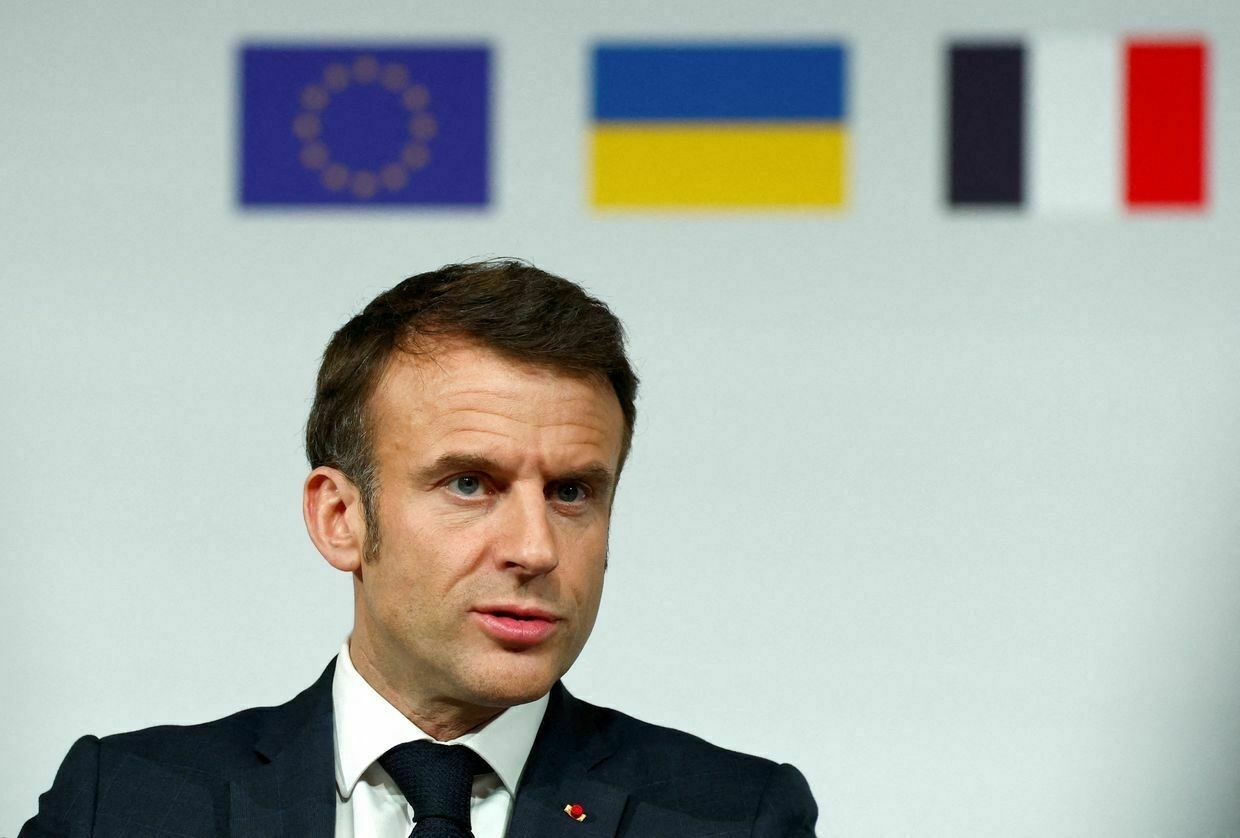
Editor’s note: This story is being updated.
French President Emmanuel Macron and his Russian counterpart Vladimir Putin held a call on July 1 for the first time since 2022, discussing Russia’s war against Ukraine and the conflict in the Middle East, the Kremlin’s press service reported.
The conversation between the two leaders took place as the Russian army continues to advance along the front line, trying to gain a foothold in Sumy Oblast and enter Dnipropetrovsk Oblast.
Moscow has repeatedly rejected the U.S.-backed ceasefire proposal, stalling peace talks with Ukraine.
Russia-Iran alliance wavers as Tehran suffers major blowsTehran, Russia’s main ally in the Middle East, has been dealt a heavy blow as Israel dismantled its network of proxies and then struck targets in Iran. The recent Iranian-Israeli war, which ended with a ceasefire on June 24, showed that the regional balance of power has shifted in Israel’s favor. This could have a major impact on Russian-Iranian relations as Moscow will have to recalibrate its approach to the region. Russian-Iranian cooperation is likely to continue but Iran’s ability to help The Kyiv IndependentOleg Sukhov
The Kyiv IndependentOleg Sukhov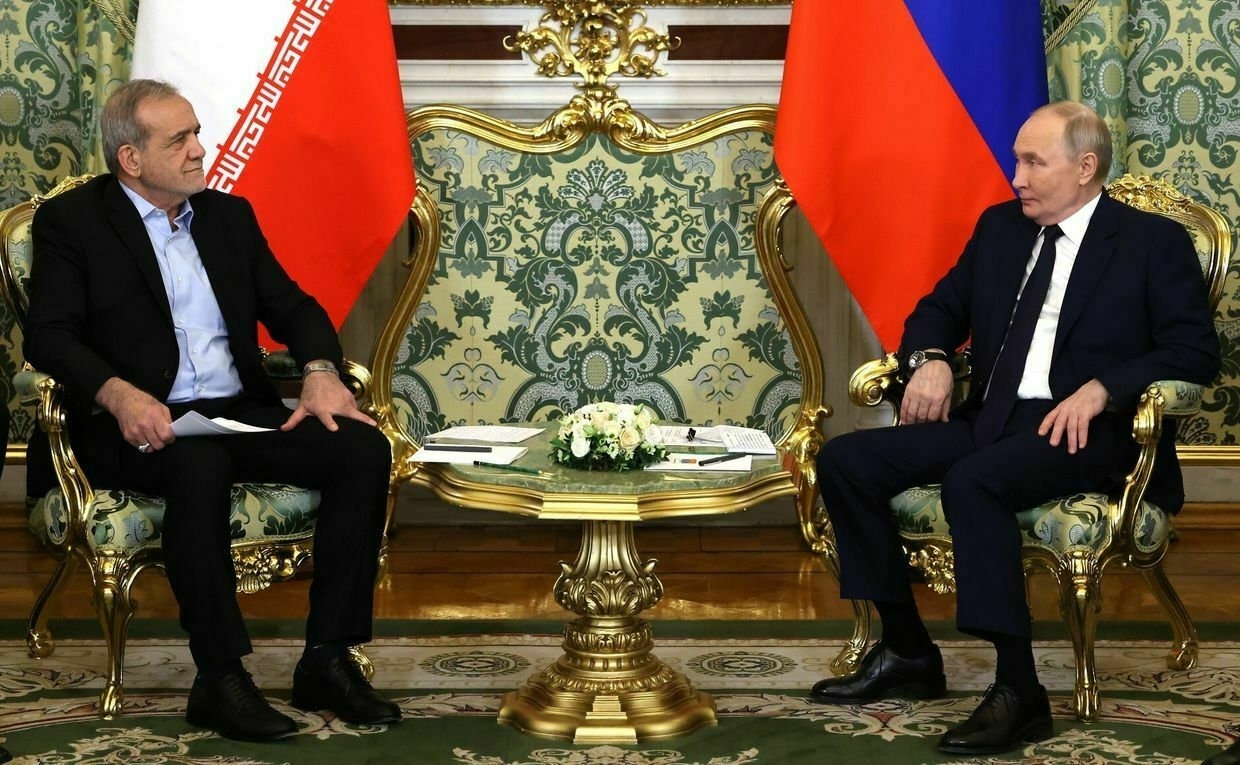
-
Ukraine's power exports surge 2.5 times, recovering to pre-Russian attack levels
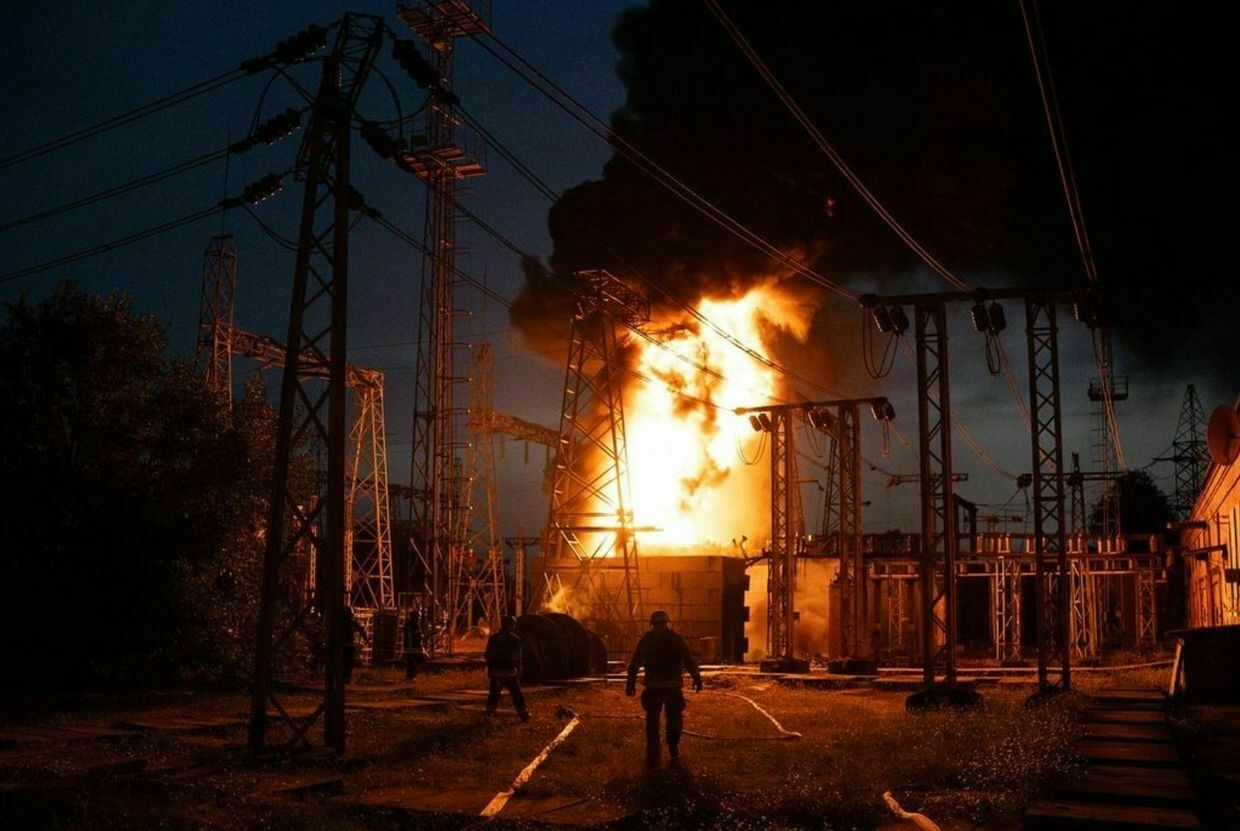
Ukraine boosted electricity exports by 150% in June 2025 compared to the previous month, reaching over 237,000 megawatt-hours (MWh), according to consulting firm ExPro Electricity.
Current export volumes have returned to autumn 2022 levels, before Russia launched systematic attacks against Ukraine’s energy infrastructure that caused massive blackouts across the country.
This marks Ukraine’s return to exporting more electricity than it imports for the first time since October 2023, ExPro analysis reports.
Electricity cannot be stored in large volumes for long periods, so it can be exported during certain hours when there is surplus in Ukraine’s energy system, and imported during deficit hours.
Hungary imported the majority of Ukrainian exports, with shipments jumping from 34,000 to 122,000 MWh in a single month.
The recovery represents a dramatic turnaround from June 2024, when Ukraine had no exports at all and imported 858,000 MWh, four times more than in June 2025.
Russia continues to target Ukraine’s energy infrastructure, with the latest strike hitting a critical energy facility in Kherson Oblast on June 27 that caused widespread blackouts across multiple communities.
Governor Oleksandr Prokudin warned residents to prepare for prolonged outages as power engineers work to restore electricity, saying “Russia decided to plunge Kherson Oblast into darkness."
In February 2025, Emergency energy power shutdowns were introduced in eight Ukrainian oblasts due to Russian attacks on the country’s energy system.
‘With surgical precision’ — Ukrainian drones strike Russian plant 1,300 km away, SBU source saysThe SBU said its long-range drones targeted the Kupol plant in Russia’s Udmurt Republic on the morning of July 1, resulting in at least two confirmed strikes and a fire at the site.The Kyiv IndependentAnna Fratsyvir
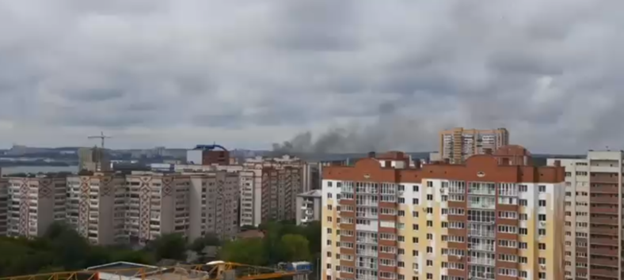
-
Want to invest in Ukrainian startups from the US? This platform promises to be the bridge

Hans Braunfisch wants Americans to invest in Ukrainian startups, but there’s a problem: there’s no clear path for individual investors to put money into the more than 26,000 Ukrainian startups out there.
The former PwC consultant plans to change that with Pravo Venture, a platform streamlining foreign investment for Ukrainian startups. Think of it like a meeting point for Ukrainian companies and U.S. investors accredited by the Securities and Exchange Commission who want to support the country with capital instead of aid.
While co-heading PwC’s Ukraine Taskforce, Braunfisch attempted to persuade clients to invest in Ukraine’s entrepreneurs to help its economic recovery. But he couldn’t convince the big institutional investors to go for it.
Searching for options for individual investors, Braunfisch also couldn’t find any Ukrainian companies listed on U.S. stock exchanges. This sparked his idea for an online investment platform to help local entrepreneurs and communities, with Ukraine as an equal Western partner.
“We want to shift the narrative that Ukraine is a short-term charity case to Ukraine is an opportunity for a much longer-term business and collaborative partnership,” Braunfisch told the Kyiv Independent.
He researched and spoke to Ukrainians over 18 months about ways investors could help, eventually founding Pravo alongside Ukrainian-American Alex Inshin and Hamburg-based Vlad Sutea.
In June, the small team launched Pravo — which means “rights” in Ukrainian — on a tight budget of under $200,000. Currently, the platform lists two startups: Mosqitter, which makes non-toxic mosquito repellents, and Promin Aerospace, a rocket producer.

Showcase of Mosqitter - a non-toxic mosquito repellent. (Mosqitter) Ukraine’s startup ecosystem has tripled in five years, even during Russia’s full-scale invasion, to become the second most valuable in Central and Eastern Europe at $28 billion. IT startups make up 4.4% of the country’s gross domestic product, with Ukrainian-origin unicorns like artificial intelligence writing tool Grammarly and software development platform Gitlab used globally.
Despite a partial rebound from a steep 30% economic decline in 2022, foreign investment in Ukraine remains sluggish. Ongoing war risks and images of destroyed cities have deterred foreign investors, while levels of domestic capital is either limited or redirected to military and defense needs.
“We get the tragic images of aerial attacks, but we typically don’t see the innovators building something in Dnipro or Kyiv or Lviv — those people are still there, but they’re not getting the recognition they deserve,” Braunfisch said.
Ukrainian innovation, American capitalPravo is currently only open to U.S. investors who are SEC-accredited, meaning they make at least $200,000 annually or have a net worth of $1 million. Pravo’s target is Ukraine-friendly American investors looking to invest smaller sums, like $5,000 or $15,000, with a starting goal of 1,000 people on the platform in the first 12-18 months.
“Pravo allows more individual investors to follow through on their interest in Ukraine, while directly investing in community-level entrepreneurs,” said Mark Simakovsky, former USAID deputy assistant administrator for Europe and Eurasia and founding partner of Heartland Global Advisors, a strategic advisory firm based in Washington, DC.
On the Ukrainian side, Braunfisch partnered with Eo Business Incubators, a Ukraine-based mentorship program for startups led by an international team. For now, Pravo will only hire graduates of the incubator, many of whom go on to the prestigious Techstars accelerator program, due to Eo Incubator’s Western approach and standards.
“Startups are starved for cash, especially Ukrainian startups, and they need that cash to reinvest in their business, build their products, and pay their employees in Ukraine.”
With Ukraine producing 150 investable startups annually, Braunfisch hopes to add two to three companies monthly. Quality is more important than quantity, he says.
For Mosqitter founders Anastasiia Romanova and Olga Diachuk, the incubator's mentors helped them understand and meet Western investor expectations. They hope Pravo will help spotlight Mosqitter and increase access to U.S. investors and new partnerships.
"There is the opportunity to tell a broader audience of U.S. investors about Mosqitter, about our product, and potentially raise funds," Romanova told the Kyiv Independent.
"There's nothing similar on the market," Diachuk added.
Companies need to tick a checklist before joining Pravo. Research and development needs to be in Ukraine, while the company should be legally domiciled in the U.S. so fundraising can be in dollars into a U.S. bank account, which helps mitigate risks, said Braunfisch.
Investing in wartime Ukraine requires ‘nuanced understanding of risk’ but worth it, says global trade expertWhen John Denton first visited Ukraine weeks into Russia’s full-scale invasion in 2022, he knew that for the country to survive, businesses needed to stay alive. Denton is the secretary general of the International Chamber of Commerce, the world’s largest business organization. Active in 170 countries, the organizationThe Kyiv IndependentDominic Culverwell
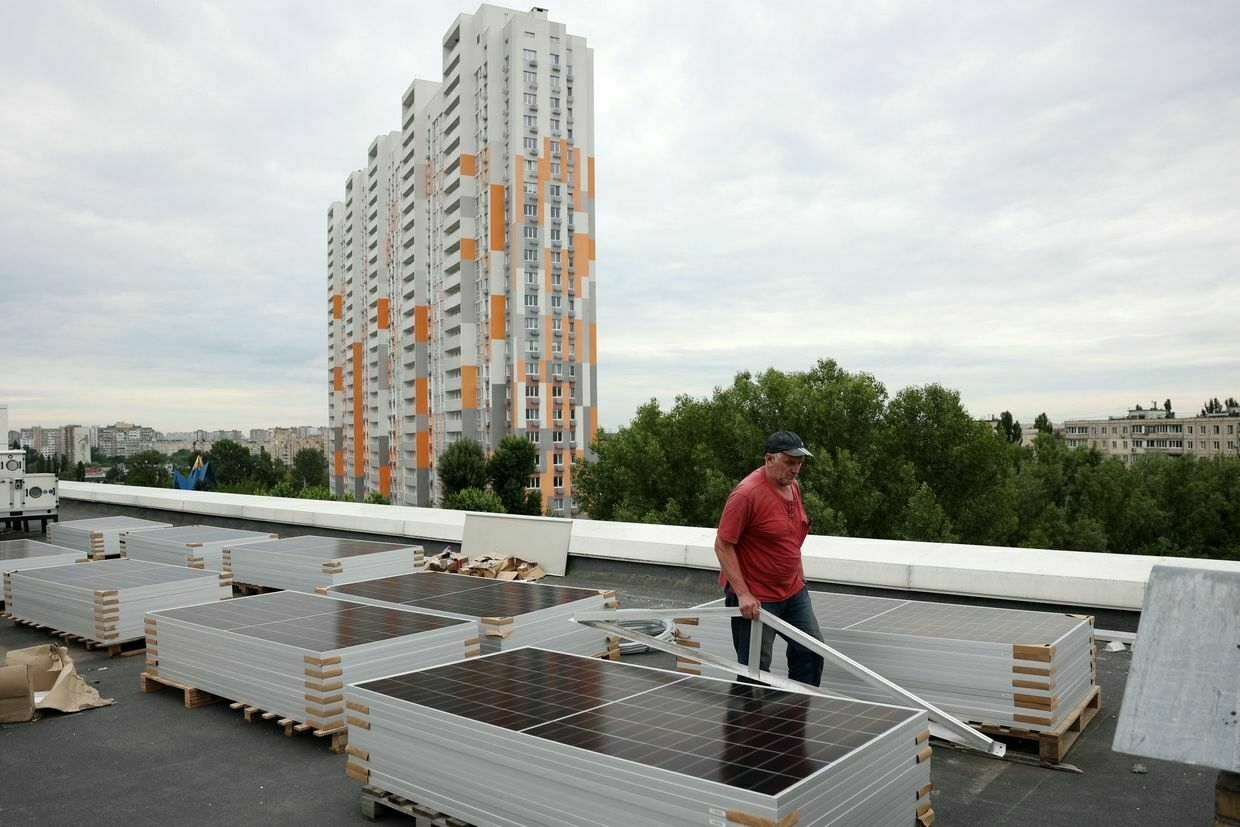
Challenging environmentConvincing investors to put money into Ukraine during the war is no easy feat. Braunfisch says trust is key to winning people over. Working with reputable partners like Eo Incubator and Dealmaker, which handles the whole investment process, helps build that trust, he said.
The team is also ensuring that startups get most of the cash. Instead of charging them a cash fee, Pravo takes a 1% passive equity stake, which also incentives Pravo to make sure startups do well. But even if a startup fails, Pravo would still have accomplished its goal of getting money to Ukrainians, Braunfisch said.
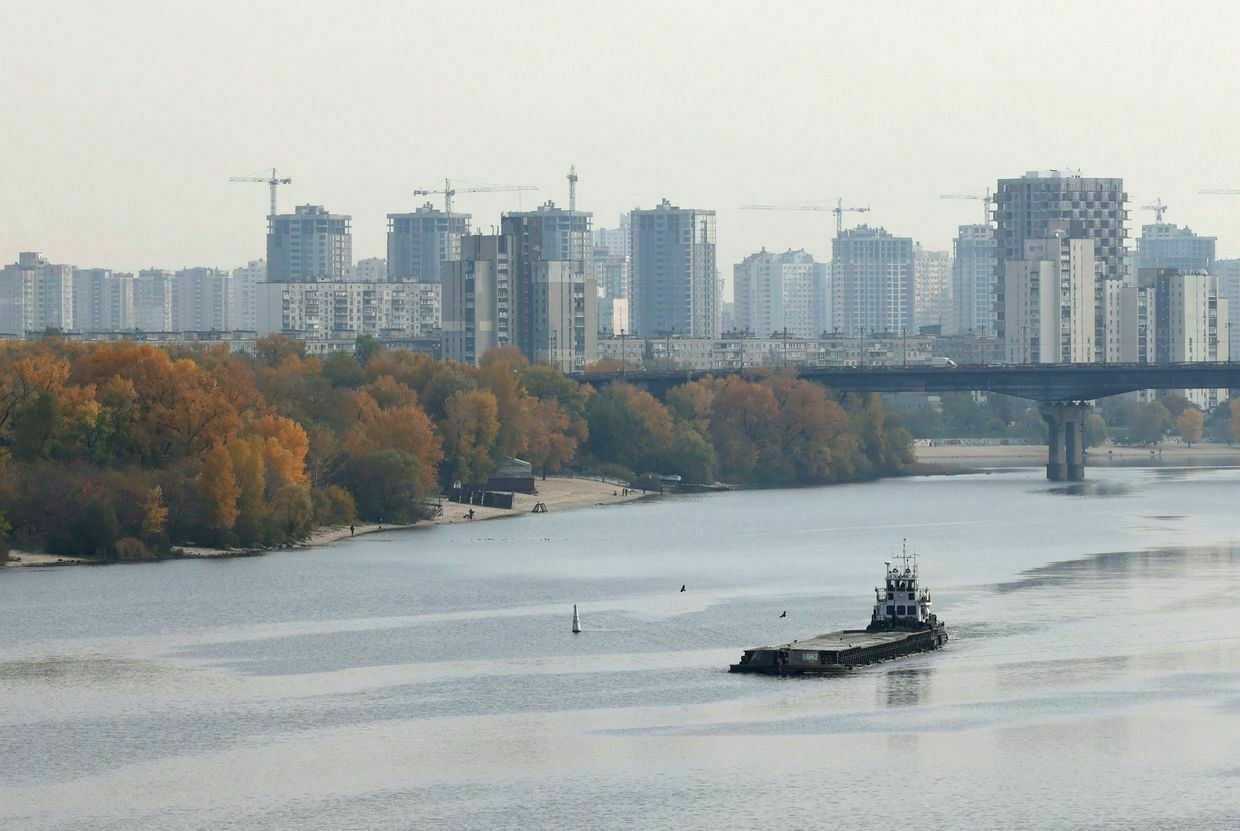
A cargo ship sails on the Dnipro River on a warm sunny day in Kyiv, Ukraine, on Oct. 28, 2024, amid the Russian invasion. (Anatolii Stepanov / AFP via Getty Images) Unlike some crowdfunding websites, which can charge as much as 11% of every dollar invested, Dealmaker, which handles all financial transfers, charges a one-time 1% transaction fee. Pravo doesn’t take a cut.
"We understand that startups are starved for cash, especially Ukrainian startups, and they need that cash to reinvest in their business, build their products, and pay their employees in Ukraine," Braunfisch said.
Pravo is also working in a challenging environment wherein risk appetite for early-stage investments has dropped in recent years. This is a problem as Ukraine's startup culture is at a much earlier stage compared to the U.S. or Western Europe and requires risk-taking to develop "blockbuster" hits like Grammarly.
While this means it will be harder for Pravo to convince venture capital firms or smaller family offices to invest, it opens opportunities for individual investors, said Braunfisch. With fewer investors going after early-stage startups, those willing to take the risk and help Ukraine will see better returns.
"Ultimately, we have an advantage because there is no other way for my friends in Arkansas who want to support Ukraine to do so, aside from giving to charities and paying taxes," he added.
Note from the author:
Hi, it’s Dominic, thank you for reading this story. One of the things I love about my job is getting to meet and visit Ukrainian startups. There is so much creativity and ambition here that it makes me optimistic for Ukraine's future. Despite the war, Ukraine's entrepreneurs refuse to stop. To help us keep bringing you stories like this, please consider joining our community for as little as a cup of coffee a month.
‘A blueprint’ — foreign investors, Ukrainian hotel create jobs for war displacedIn a luxurious resort complex north of Kyiv, 12 women are retraining to enter the hospitality sector in a new school that will kickstart a fresh life for Ukraine’s internally displaced people (IDPs). The women, mostly from Ukraine’s occupied territories, are learning to be housekeepers in the first programThe Kyiv IndependentDominic Culverwell
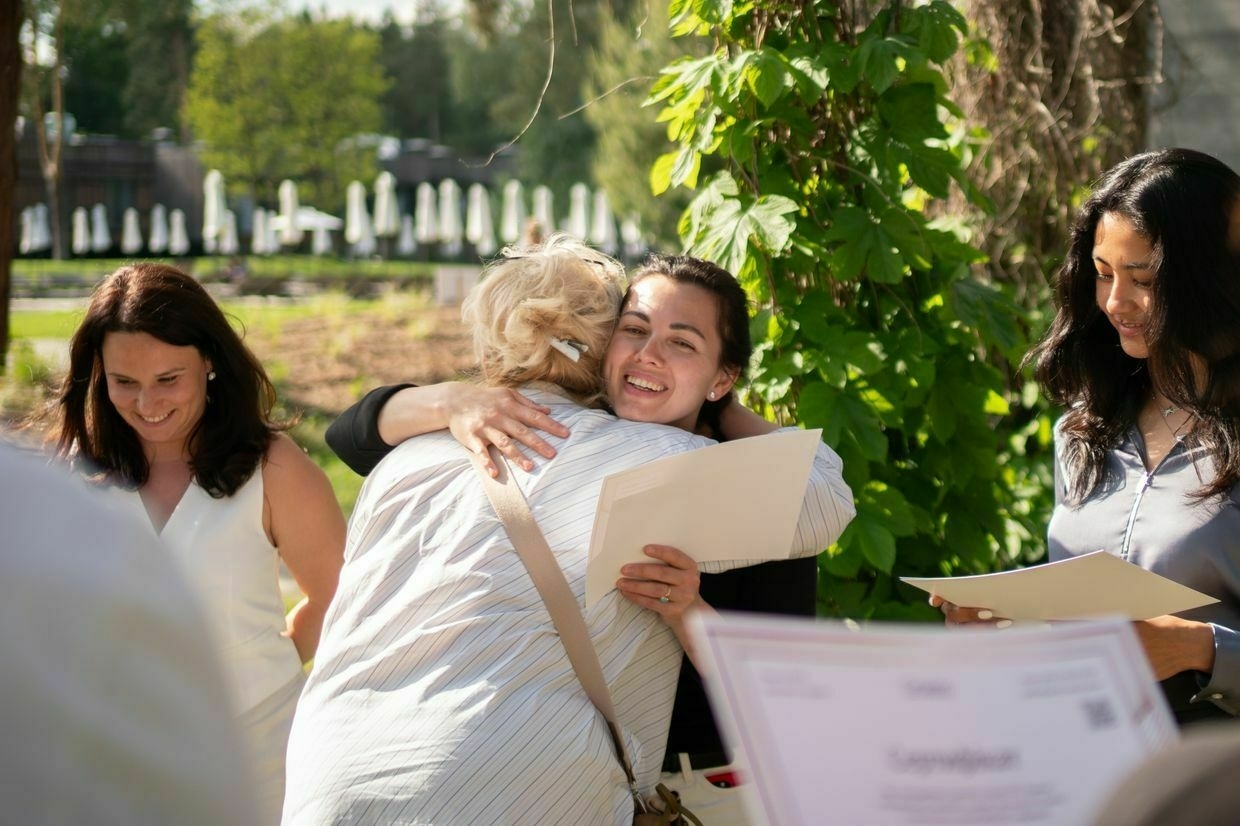 Subscribe to the NewsletterUkraine Business Roundup
Subscribe to the NewsletterUkraine Business Roundup<span data-sanitized-id="ukraine-business-roundup-info" data-sanitized-class="ukraineBusinessRoundup__info"></span> <button data-sanitized-id="ukraine-business-roundup-subscribe-btn" data-sanitized-class="ukraineBusinessRoundup__form_button"> <span data-sanitized-class="ukraineBusinessRoundup__form_label">Subscribe</span> </button> </div>Playing the long game: why does Putin need a simulation of peace talks with Ukraine? #shorts
Russia hits evacuation vehicle in Donetsk Oblast, killing civilian
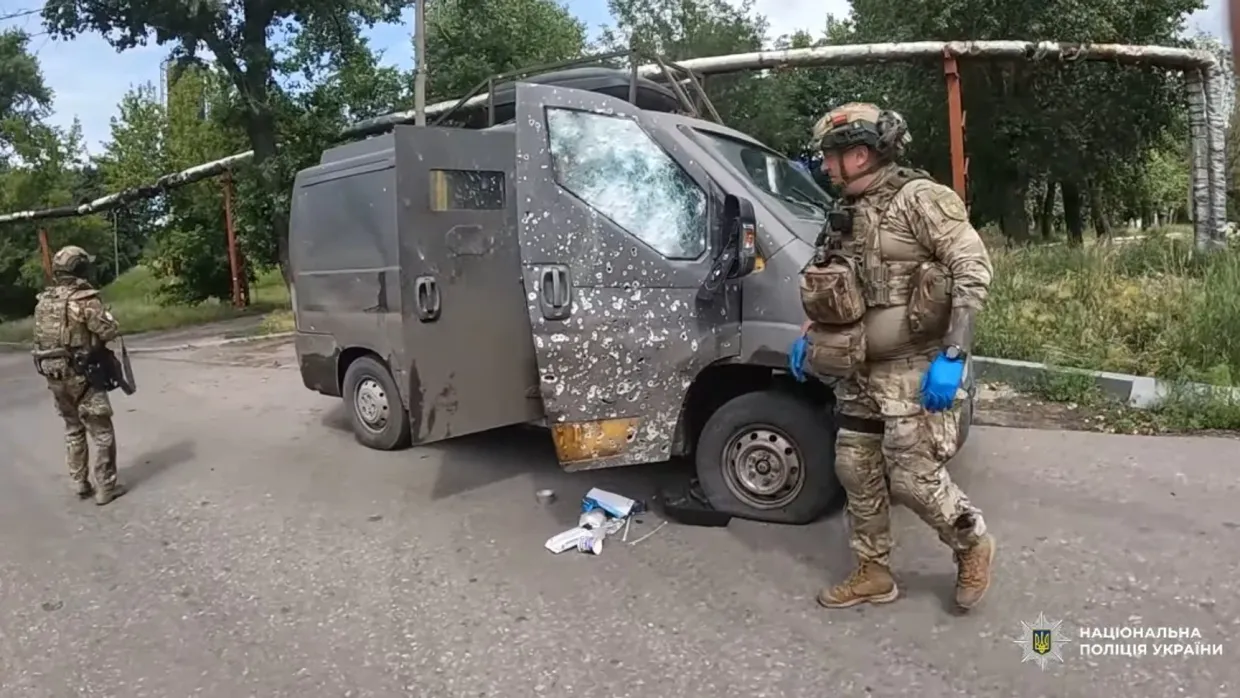
The Russian army attacked an evacuation vehicle carrying three wounded civilians, which resulted in the death of one of them, Ukraine’s National Police reported on July 1.
Russia has for months focused its offensive efforts on the embattled town of Pokrovsk in Donetsk Oblast and has recently been escalating attempts to break through to neighboring Dnipropetrovsk Oblast, a region that has not yet seen combat.
According to the police, Russian forces attacked the evacuation vehicles provided by chaplains three times: at the entrance to the city, in the city center, and during the evacuation of civilians from Pokrovsk. The police called Russia’s actions “targeted hunting."
The police picked up one injured person in the city, and the other two — on the way to the hospital. In the meantime, the Russian army hit the car with a Molniya drone. As a result of the attack, one of the police officers was injured.
As the evacuation vehicle came under fire, one of the injured could not be brought to the hospital in time and died of blood loss.
“We called for reinforcements and sent the injured civilian with them, hoping for a miracle. But it did not happen, Russia took another life,” Hennadii Yudin, head of the “White Angel” police unit, said.
Another injured man, who was evacuated with a shrapnel wound, is undergoing treatment, the police said.
Commander-in-Chief Oleksandr Syrskyi reported on June 27 that Russia has amassed “about 111,000 personnel” in the Pokrovsk sector, but Ukrainian forces are holding the line.
Syrskyi’s statement came as Russian President Vladimir Putin claimed Moscow is “ready” for a third round of peace talks with Kyiv.
Russia’s so-called “peace memorandum” demands that Ukraine recognize Russia’s annexation of Crimea, as well as Kherson, Donetsk, Zaporizhzhia, and Luhansk oblasts — none of which are fully under Moscow’s control.
As Russia inches closer to Dnipropetrovsk Oblast, new Ukrainian region might soon be at warMoscow said its troops had crossed into Dnipropetrovsk Oblast and were conducting offensive operations in the region, a claim Kyiv quickly denied as “Russian disinformation.” Russian troops have been pushing toward Dnipropetrovsk Oblast for months, trying to solidify the southern flank to capture Pokrovsk and the remaining parts of theThe Kyiv IndependentAsami Terajima
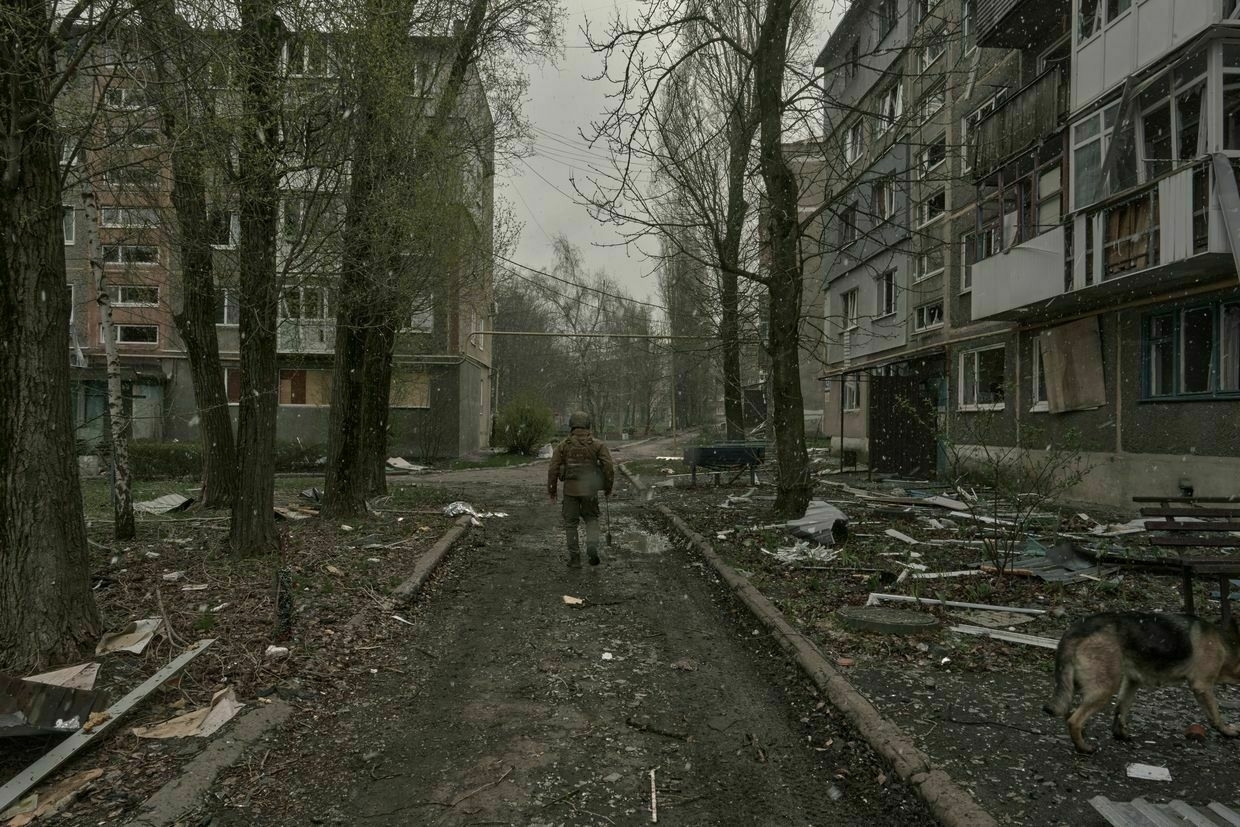
Ukraine’s new interceptor UAVs are starting to knock Russia’s long-range Shahed drones out of the sky
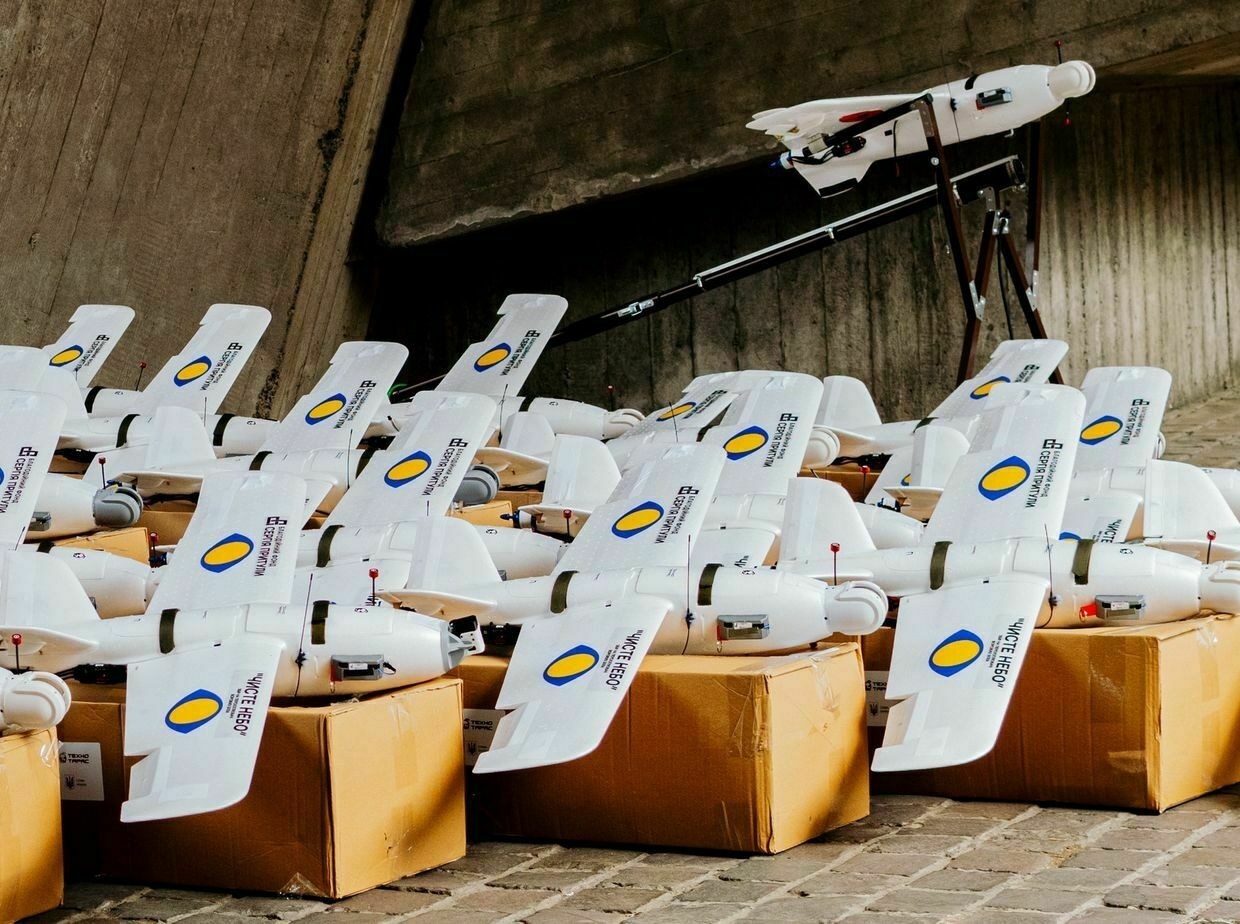
Russia’s Shahed drone swarms are pummeling Ukraine on a nightly basis, inflicting ever more death and destruction in cities that had managed to carve out some sense of normalcy amid wartime.
Civilian alarm has grown. With traditional air defense stockpiles running low, the government is banking on newly created “interceptor-drones” to restore a baseline of public safety.
“Ukraine is already using interceptors to shoot down Shaheds and is expanding their production,” President Volodymyr Zelensky’s office wrote on June 21.
As with much of Ukraine’s unmanned aerial vehicle development, a fleet of nascent interceptor drones — which shoot other drones out of the sky — is filling a gap in more traditional anti-air defenses, as the U.S. cuts its weapons aid and Russia expands its drone fleet.
“If at the start we had some kind of SAMs, missiles, Javelins, air-defense systems — including enough rockets for them — now they’ve started to run out, and we’re running a deficit,” said Bohdan Danyliv, who heads the military department of the Serhiy Prytula Fund, a Ukrainian charity that also helps to finance military developments, including the new interceptor drones.
The Ukrainian government’s defense tech apparatus publicly established anti-Shahed defense as a top priority as of the beginning of 2025. But only in recent months, with radically expanding attacks, has the government begun hastening to get the new systems working. Officials are now calling these anti-Shahed drones a top concern.
“We need to make it so the Russians cry bitter tears, so they’re afraid to take flight.”
“Assignment number one: The cultivation and scaling of means that already work effectively. Most of all: increasing the number of unmanned aerial vehicle interceptors,” Ukraine’s Air Force wrote in a June 14 Telegram post.
Some models of the new generation of interceptor drones have played a role at the front for at least a year, largely shooting down Russian reconnaissance drones like Merlins or Zalas that loop across much of the front line. But Shahed defense has proved a bigger issue.
“A Shahed is much faster, by a factor of two, and you don’t just need to catch up to it, you need to overtake it,” said Danyliv. “A Zala or an Orlan does recon, and so it circles. A Shahed flies straight, and your radar has a range of 25-30 kilometers, which a Shahed passes through in just a couple of minutes.”
Several of the new projects have appeared across various social media channels in the past month. One, the Sting, is an interceptor drone that has accomplished what seems to be the first filmed destruction of a Russian long-range Shahed-type drone in what the Sternenko Community Fund called “Another Shahed shot down by an FPV from the community, in collaboration with Wild Hornets.”
“We cannot name producers, out of security considerations,“ a representative for the Sternenko Community Fund wrote in a statement to the Kyiv Independent. “However, recently the situation has been changing, and we are already seeing positive movement in this area.”
“Before this, our mobile-fire groups and helicopters fought the Shaheds relatively well,” said a representative for Wild Hornets, the producer and charity fund that makes the Sting, who asked not to be named out of safety concerns.
But after recent months saw a radical uptick in the number of Shaheds flying over Ukraine, as well as their concentration on a single city at a time, “the administration started to understand that the Shahed is a serious strategic advantage for the Russians.”
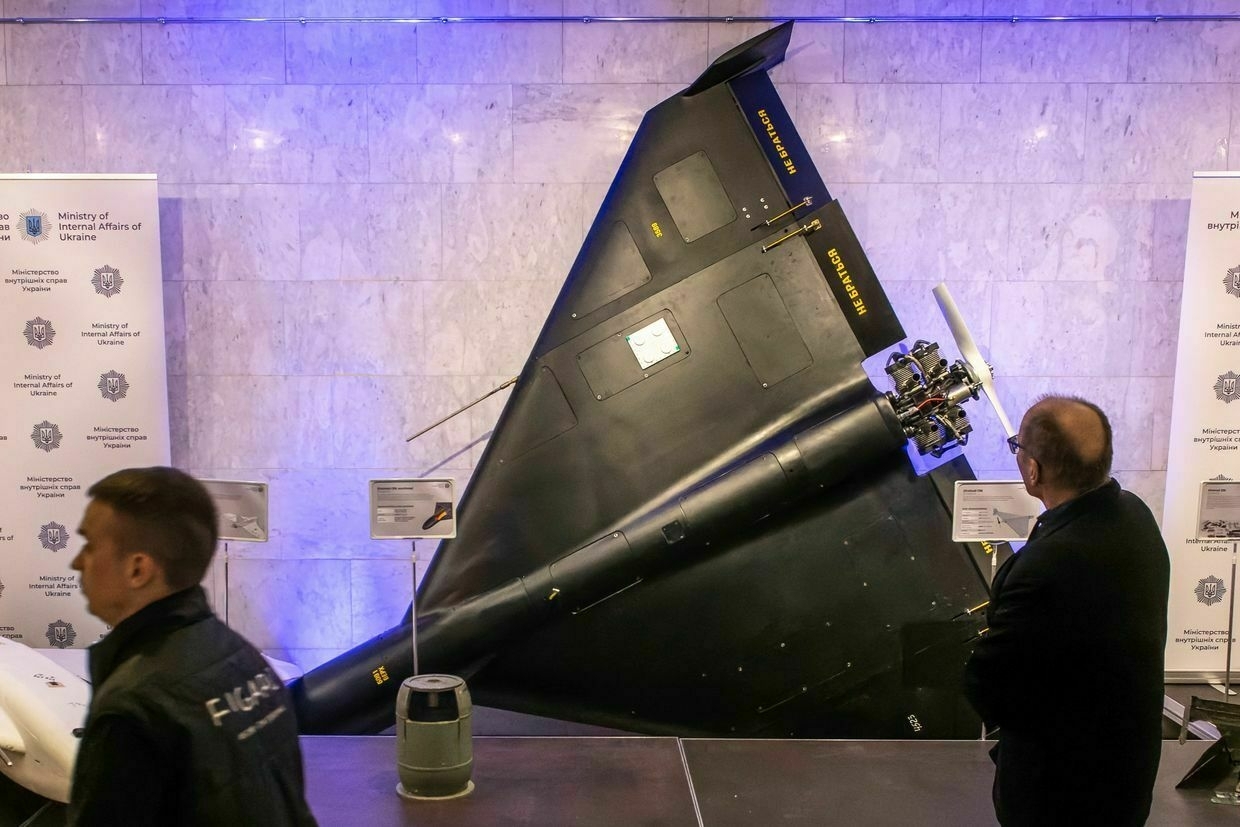
The Iranian-made unmanned aerial vehicle Shahed-136 warhead, used by Russia as the Geran-2, is seen on display at an exhibition in Kyiv, Ukraine, on Feb. 24, 2025. (Maxym Marusenko / NurPhoto via Getty Images) 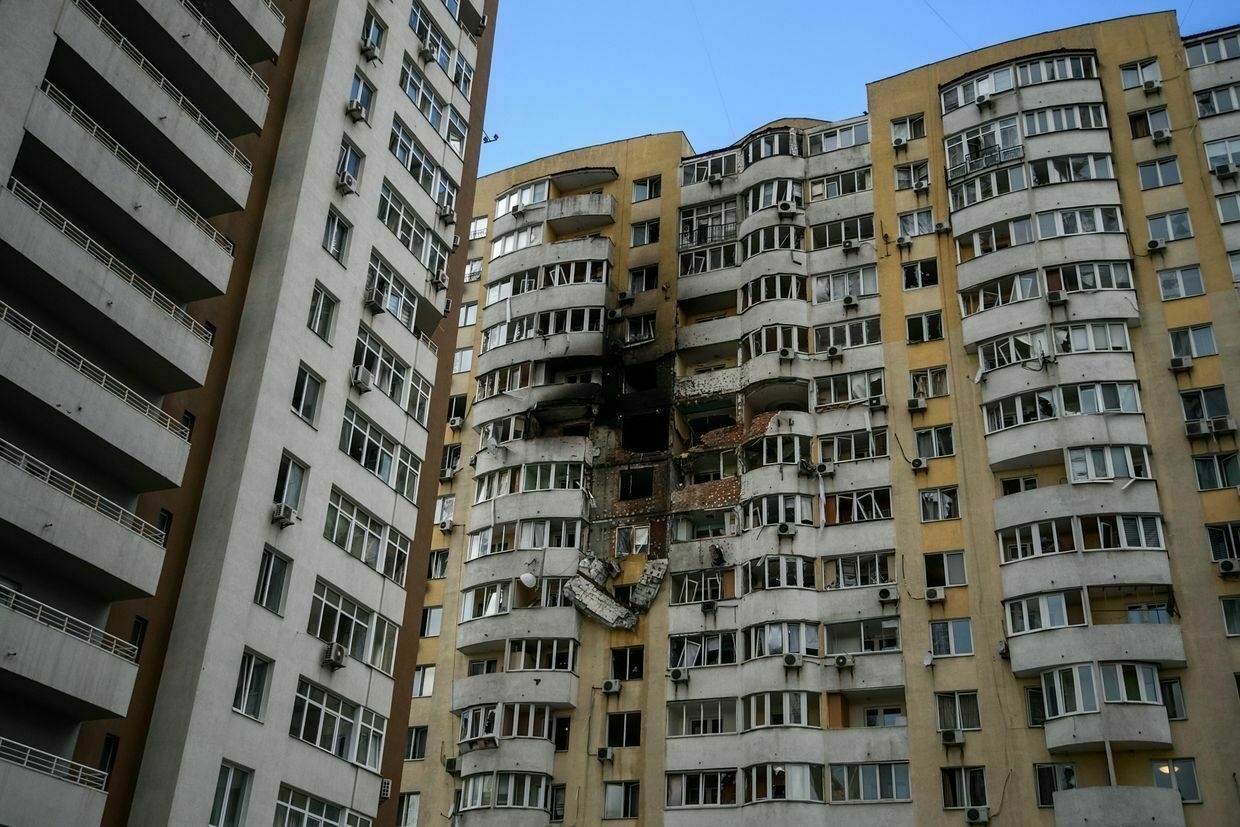
An apartment block in the Solomianskyi district is seen damaged by an overnight Russian attack in Kyiv, Ukraine, on June 6, 2025. (Maxym Marusenko / NurPhoto via Getty Images) Another new anti-Shahed drone made an appearance in a video Zelensky posted early in April, touting co-production with Belgium. The announcement said that as of then, it had downed upwards of 20 Russian drones of that kind. Those drones seem to have been another kamikaze model called the Shulika.
Danyliv says it was already clear last year that Ukraine would need to modify drones to take down Shaheds. He laments that the government only shifted focus to those anti-air developments in the past few months, once Shahed strikes were already escalating rapidly.
Despite government encouragement, Danyliv said the Defense Ministry has yet to sign a proper contract with any of the new anti-Shahed drone producers, though some anti-ISR drones like the Taras P that the Prytula Foundation backs have gotten them.
Russia has, moreover, been quicker to upgrade its Shaheds than Ukraine has been to upgrade its defenses against them, says Taras Chmut, the executive director of Come Back Alive, a charity that supplies soldiers with weapons. “Their number is growing faster than the opposition from Ukraine’s side — plus, these weapons are growing more technologically sophisticated.”
There are, the Defense Ministry told the Kyiv Independent, 10 models of interceptor drone undergoing testing for anti-Shahed performance at the moment. Danyliv estimates that four actually work against Shaheds and Gerans.
Chmut declined to identify the specific model that Come Back Alive funds, but tallied “close to 25 Shaheds and between 30 and 40 Gerbers” that its interceptors had shot down in the three months since they began prioritizing anti-Shahed defense.
The development is major enough to make the Ukrainian development of these drone-hunting drones a central point of drone co-production with, for example, the United Kingdom, alongside Ukraine’s much-touted flotilla of long-range drones.
The core advantage of an interceptor drone like this is precision on a budget. The Prytula Foundation tallied the success of its own funding of its earlier interceptor drones in a June 13 Facebook post that included shooting down one Gerbera drone. The cost of these interceptors, the fund reported, is just under $2,000, as compared to surface-to-air missiles, which cost from $40,000-$100,000.
The average for interceptors that take out Shaheds is closer to $5,000, Danyliv and Chmut both said.
Domestic air defense missile production is, to all appearances, non-existent, even for older generations of residual Soviet surface-to-air missiles like the S-300s. When reached, a representative for the Strategic Industries Ministry declined to comment on that production, citing “a matter of security.”
Ukraine is courting more advanced missile systems from the U.S., which has proved an inconsistent and unreliable provider. But its pre-war supplies of Soviet-era anti-air ammunition are, as Chmut put it, “mostly exhausted or are being searched out around the world in small quantities.”
“You can make a drone, for example, at a firm like us, fast, cheap, and en masse,” said the Wild Hornets representative. “While missiles for an S-300 are unique technologies, that maybe, seems to me, a few companies in the world can make, and more than half of those are in Russia.”
When it comes to shooting down Russian cruise and ballistic missiles, as well as the glide bombs Russia uses closer to the front, “for the time being interceptor drones cannot fully replace traditional air defense systems,” the Sternenko Community Fund representative wrote to the Kyiv Independent.
In addition to the speed and maneuverability of the new Shaheds, a core question is quantity. Russia has ramped up its production to 70 Gerans a day, and is sending ever-larger swarms by night.
Whether these new Ukrainian interceptors can clear the skies of swarms of sometimes 500 Shaheds at a time remains an open question.
The Ukrainians involved in making these drones declined to specify production rates. They anticipated that production expansion would take through the fall.
“It needed to happen yesterday,” said Danyliv. “We need to make it so the Russians cry bitter tears, so they’re afraid to take flight.”
Note from the author:
Hi, this is Kollen, the author of this article. Thanks for reading. With Russian forces massing at the front and air attacks intensifying across the country, Ukraine is holding up in the face of a tense summer. If you want more stories like this, consider joining our community today to help support our work.
How Russia’s Shahed drones are getting more deadly — and what Ukraine is doing about itEditor’s note: Due to the security protocols of the unit featured in this story, the Ukrainian soldiers are identified by first name only. Russia’s air strikes on Ukraine have become far more deadly in recent months. Part of the uptick is due to limited air defense to bringThe Kyiv IndependentKollen Post
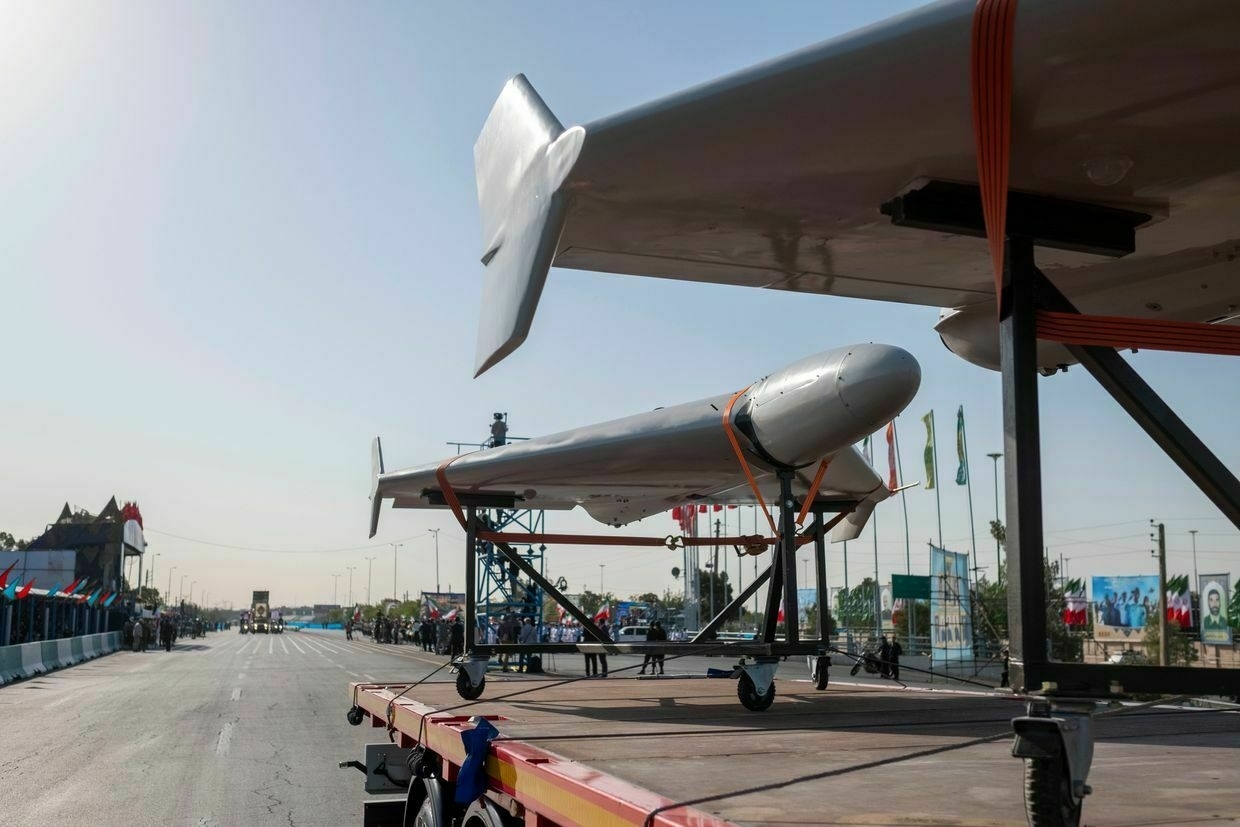
Why Norway is investing billions in Ukraine's victory
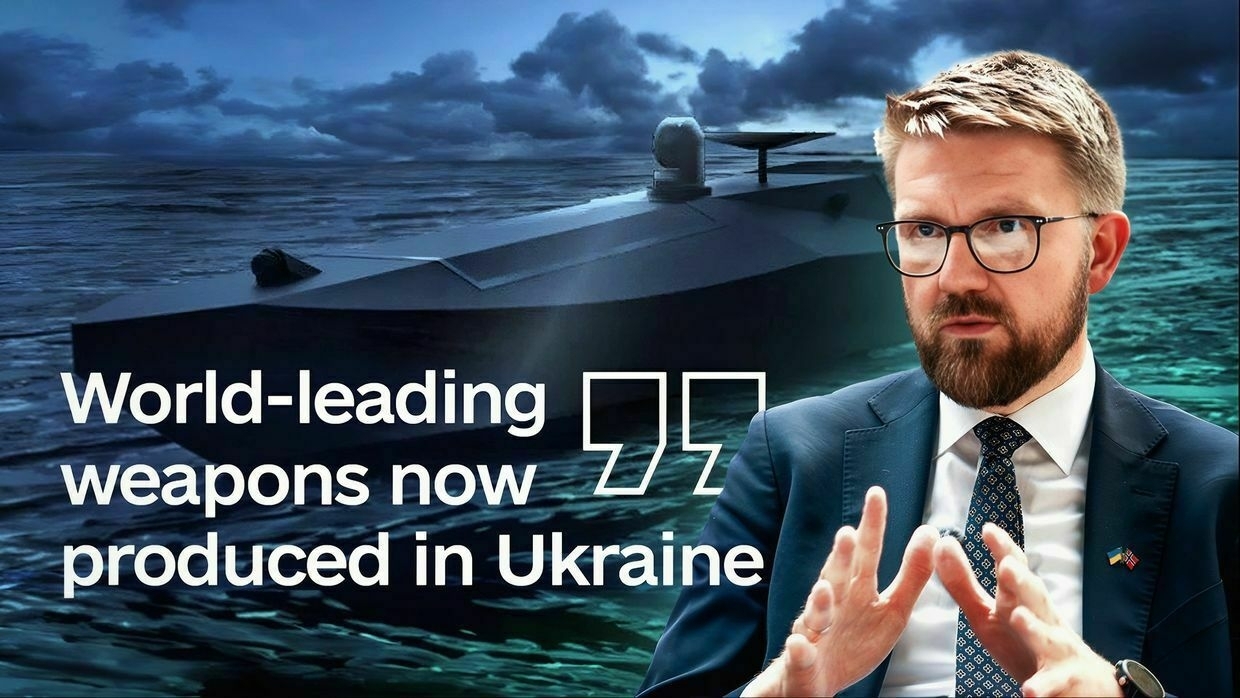
The Kyiv Independent’s Oleksiy Sorokin sat down with Eivind Vad Petersson, state secretary to the Norwegian foreign minister and co-chair of the joint Norwegian-Ukrainian Working Group on Nuclear Safety and Security. They discussed the threats Russia’s war poses to Ukraine’s nuclear power plants, Russia’s hybrid attacks across Europe, Norway’s investment in Ukrainian defense production, and how to keep Western military aid — including NASAMS air defense systems — flowing to help Ukraine protect its civilian infrastructure from Russia’s escalating attacks.
They also discussed whether the Arctic could become a battleground between Russia and NATO, as well as Russia’s claims of increasing investments in the settlements of Barentsburg and Pyramiden on Svalbard.
"Peace" from the Kremlin? Russia's empty promises and Trump's attempts to meet with Putin
Operation Spiderweb and Russia’s record drone assault – Ukraine in photos, June 2025
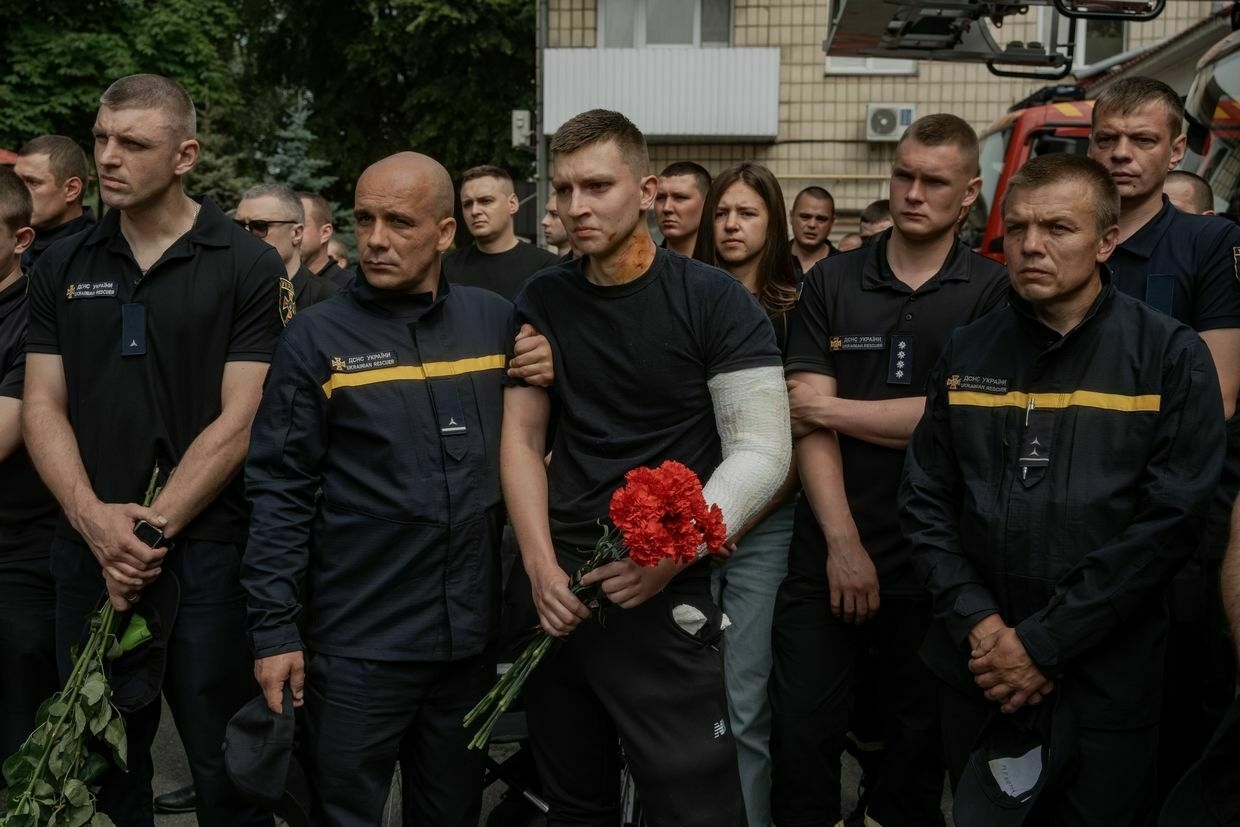
For Ukraine, June began with a celebration — not the one the whole country longs for, victory over Moscow — but a celebration of one of the most stunning drone attacks on Russia, known as Operation Spiderweb.
On June 1, Ukrainian drones targeted four Russian air bases – two of them thousands of miles inside the country – hitting the heavy bombers stationed there. According to estimates from Ukraine’s Security Service (SBU), the drone strike disabled 34% of Russia’s cruise missile bombers, causing approximately $7 billion in damage.
Many in Ukraine saw the operation as one of the most morale-boosting events since the start of Russia’s full-scale invasion in 2022.
Throughout June, Ukrainian forces kept striking targets inside Russia, while June 12 marked a grim milestone for Moscow — one million Russian soldiers killed or wounded in the 39 months of the full-scale war, according to Kyiv.
On the battlefield, Russian advances in Sumy Oblast accelerated significantly in June, with Russian troops capturing several villages and approaching within 20 kilometers of the regional capital of Sumy, according to territorial changes tracked by the open-source mapping project DeepState.
However, by the end of the month, Ukrainian forces had stabilized the situation in Sumy Oblast and pushed the Russian army farther from the regional capital, according to Ukraine’s General Staff.
This month, Russia intensified its assault on Ukrainian cities, with deadly missile and drone strikes hitting Kyiv, Odesa, Dnipro, and others. Moscow’s forces launched a record 5,337 Shahed-type drones against Ukraine in June, according to data from the Ukrainian Air Force and Dragon Capital, smashing the previous record of 4,198 set in March.
On June 29, Russia launched its largest aerial attack on Ukraine since the start of its full-scale invasion, targeting cities far from the front line with 477 drones and 60 missiles.
While Ukraine’s attempt to secure a 30-day ceasefire with Russia once again failed during peace talks in Istanbul at the beginning of the month, the negotiations led to an exchange of the bodies of fallen soldiers and the return of a number of Ukrainian prisoners of war — a long-awaited and deeply emotional moment for families who had spent years waiting for their loved ones to come home. The exchange of POWs was carried out in several rounds and largely focused on severely ill and wounded soldiers. The Ukrainian authorities didn’t reveal the total number of POWs released, citing security measures.
As the war rages on, so does Ukraine’s resistance – a reality vividly documented by photographers throughout the month of June.
The Kyiv Independent partners with the Ukrainian Association of Professional Photographers to look back at some of June’s most memorable moments through the eyes of Ukrainian photographers.
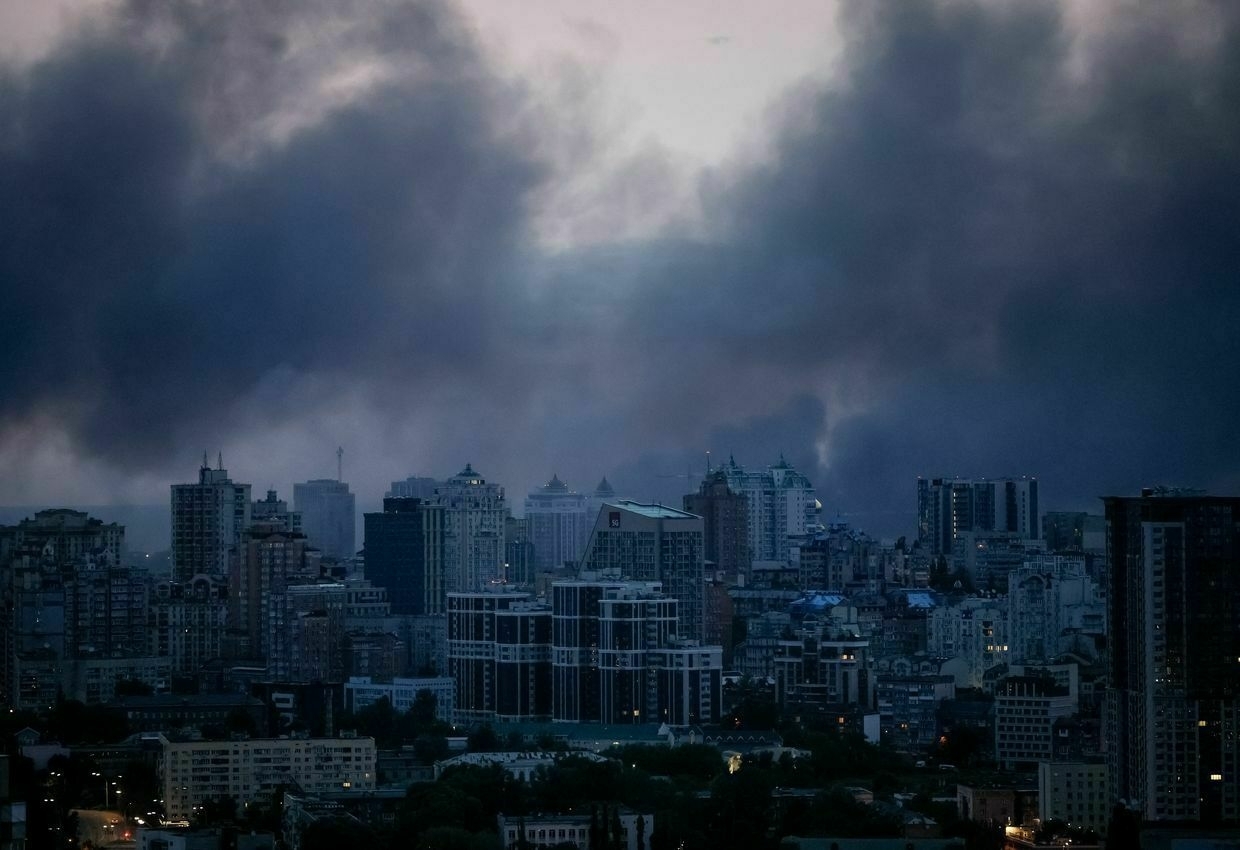
Smoke rises over Kyiv after a Russian missile strike on June 10, 2025. (Serhii Nuzhnenko / Radio Svoboda) 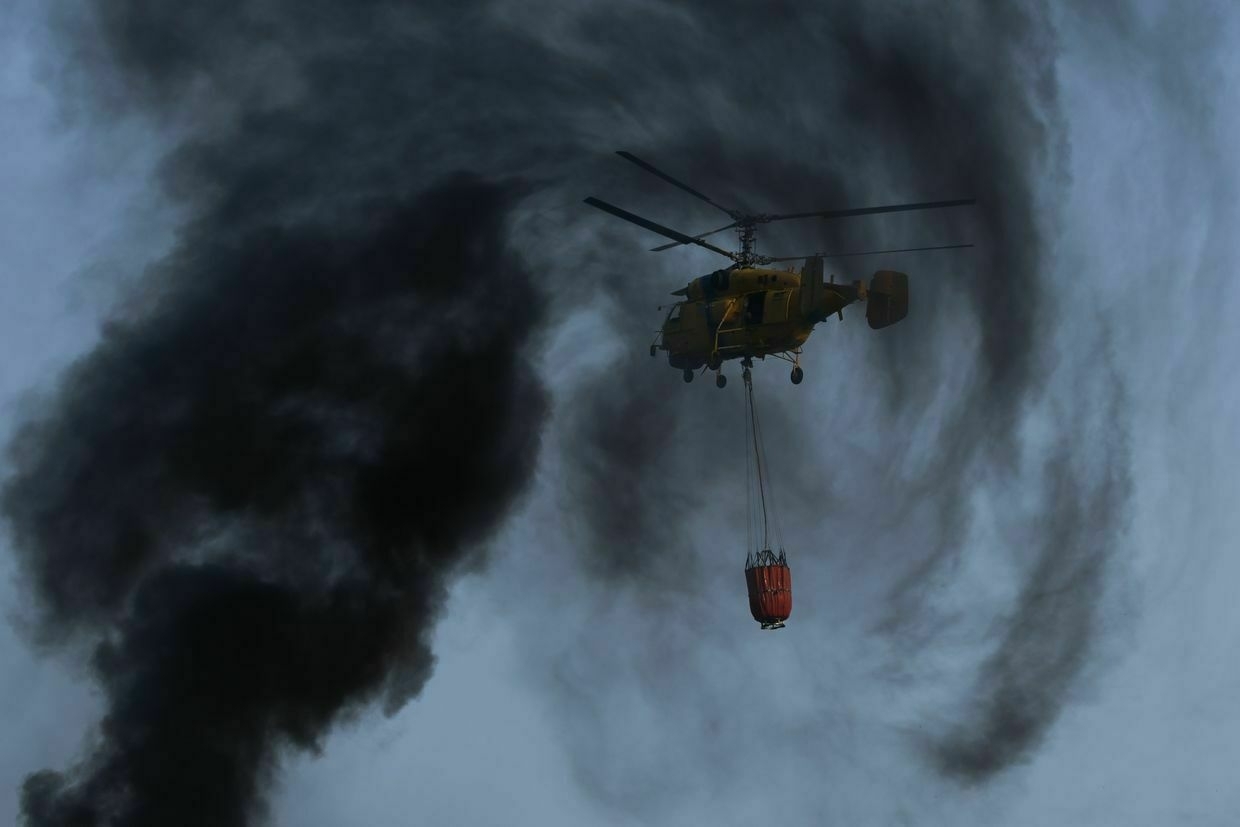
A Ka-32 helicopter extinguishes a fire after a Russian combined attack in Kyiv, Ukraine, on June 25, 2025. (Yevhenii Zavhorodnii) 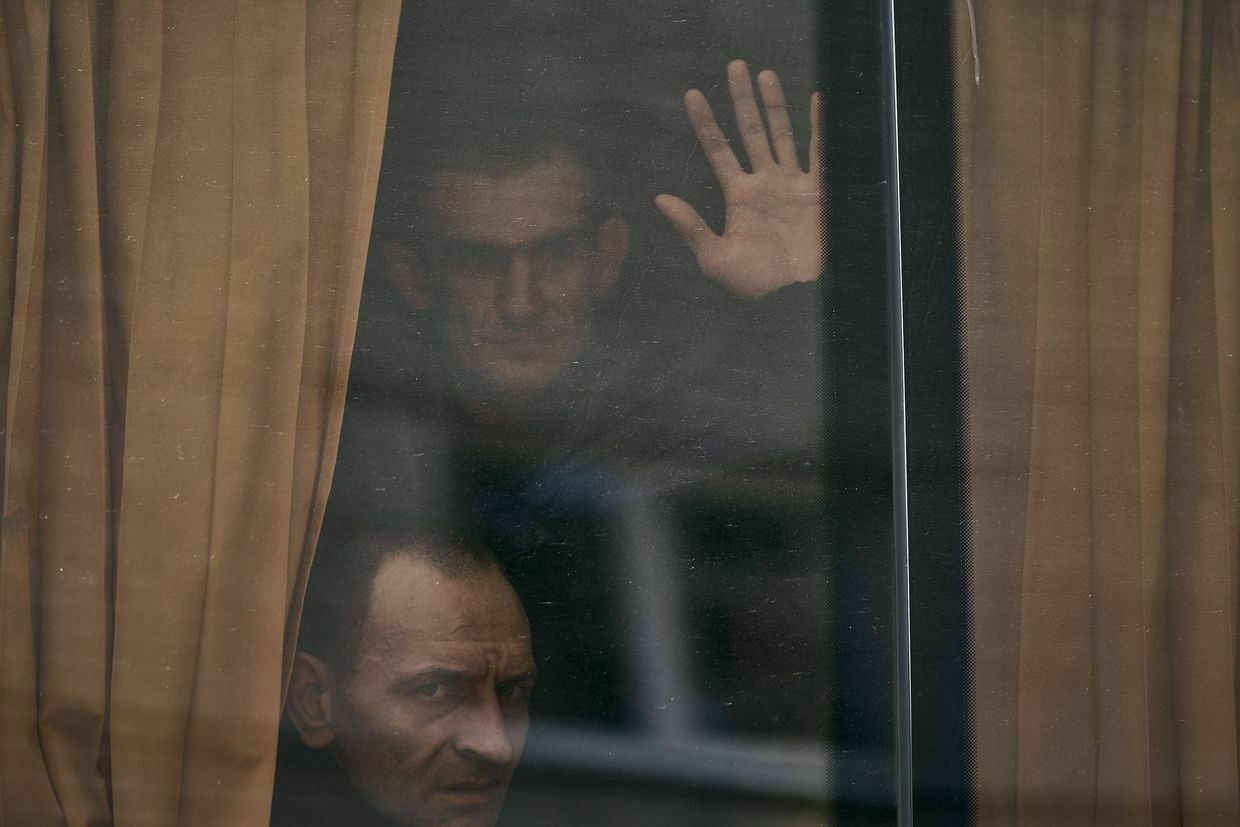
Ukrainian soldiers return from Russian captivity in Chernihiv, Ukraine, on June 12, 2025. (Kostiantyn Liberov / Libkos / Getty Images) 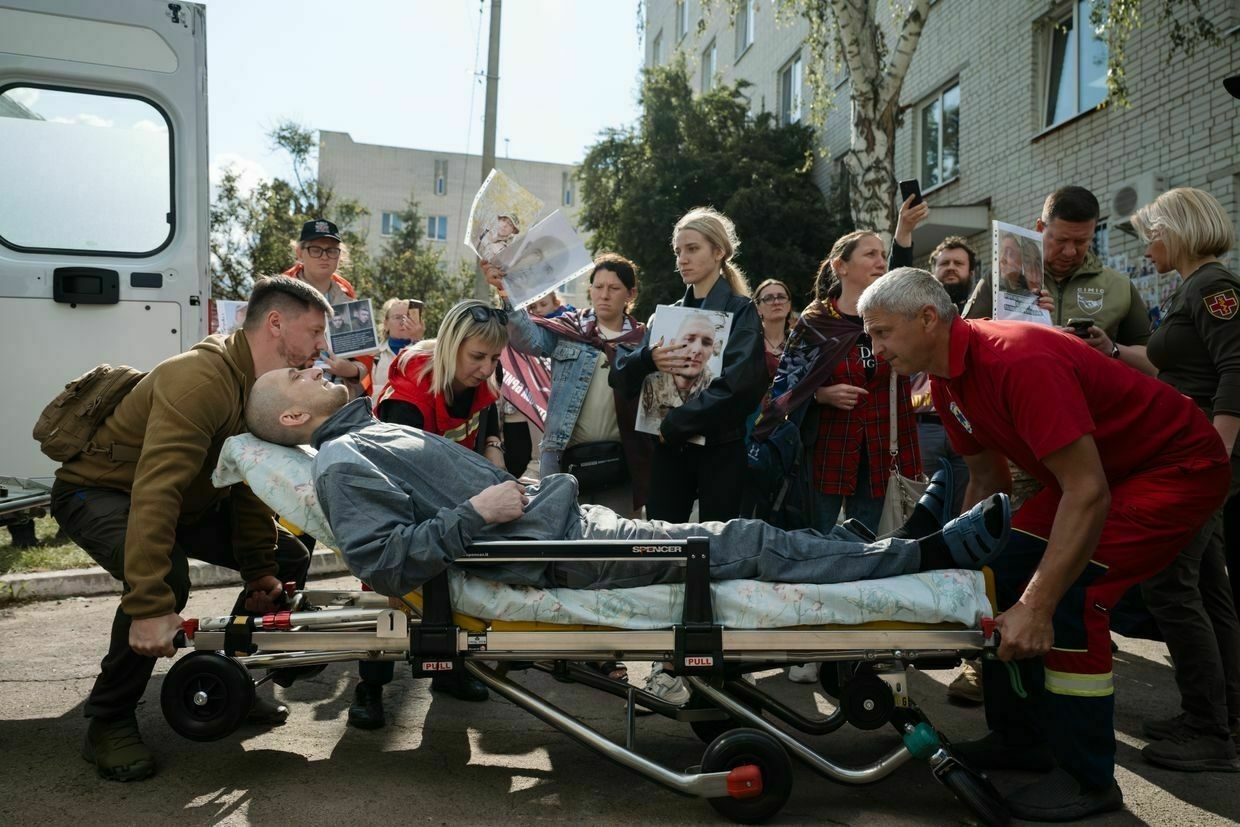
Medics load a seriously wounded soldier, recently released from Russian captivity, into an ambulance as relatives of prisoners of war hold portraits of their loved ones during a POW exchange in northern Ukraine , on June 12, 2025. (Viacheslav Ratynskyi) 
A wounded Ukrainian rescuer holds red carnations during a farewell ceremony for three emergency workers killed by a Russian missile strike in Kyiv, Ukraine, on June 9, 2025. (Danylo Pavlov) 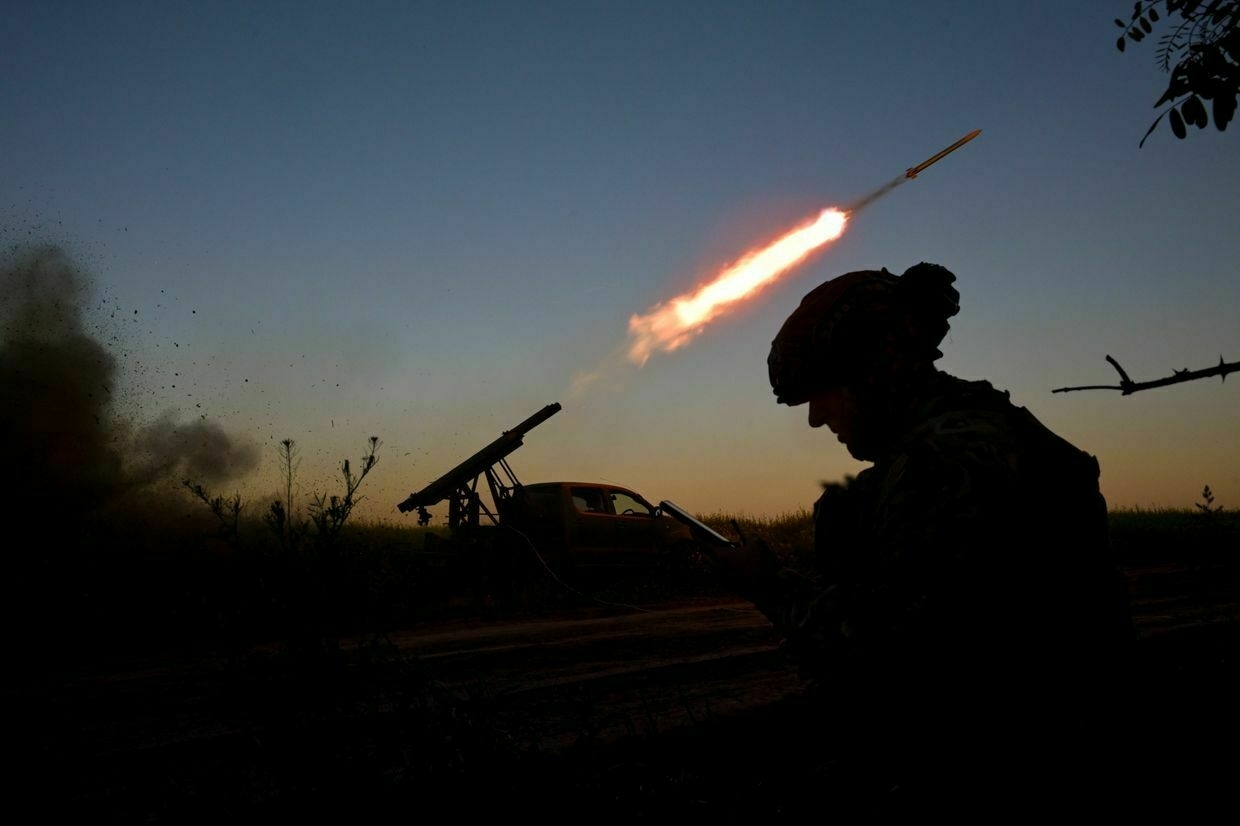
An artilleryman from the special unit Streletskyi Battalion of the Zaporizhzhia police fires a shot from a Partizan rocket launcher near Orikhiv, Zaporizhzhia Oblast, Ukraine, on May 23, 2025. (Dmytro Smolienko / Ukrinform) 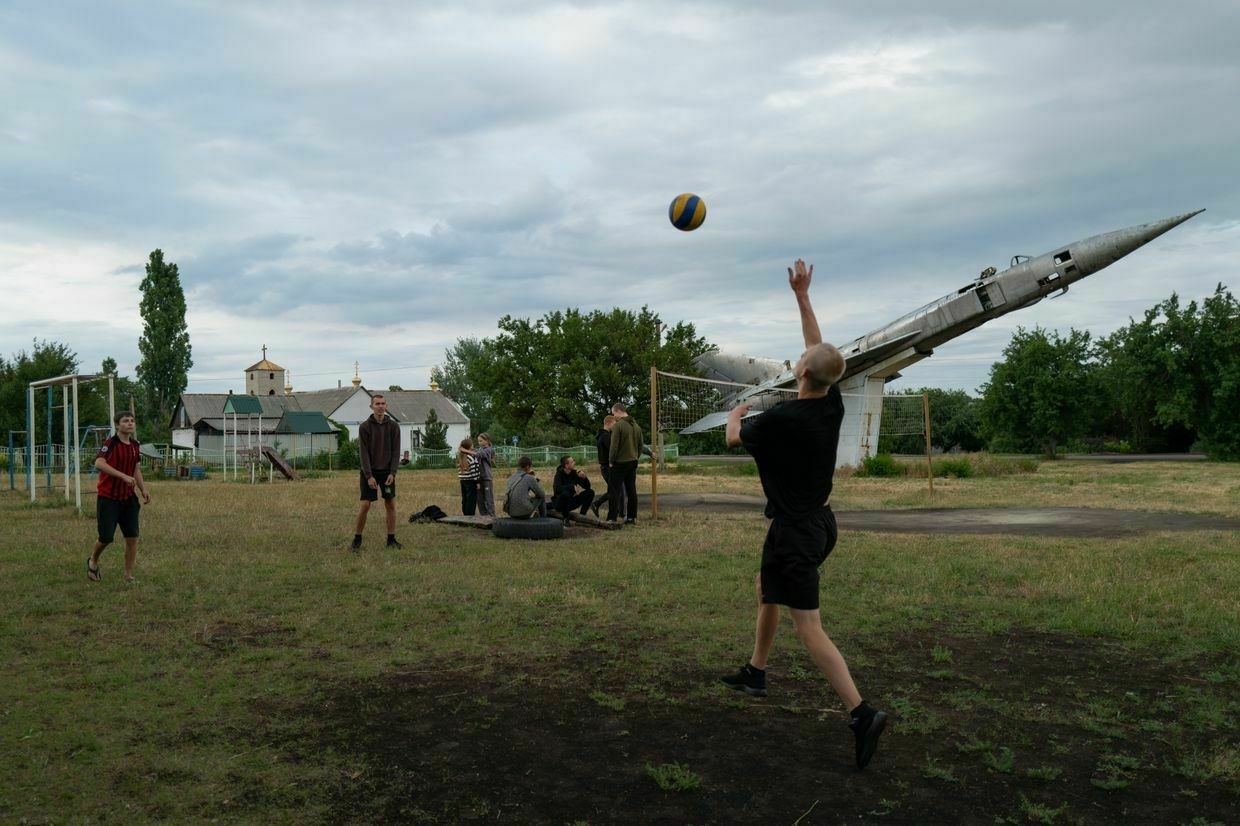
Teenagers play volleyball next to a war memorial in Shostakivka, Donetsk Oblast, Ukraine, on June 16, 2025. (Kseniia Tomchyk) 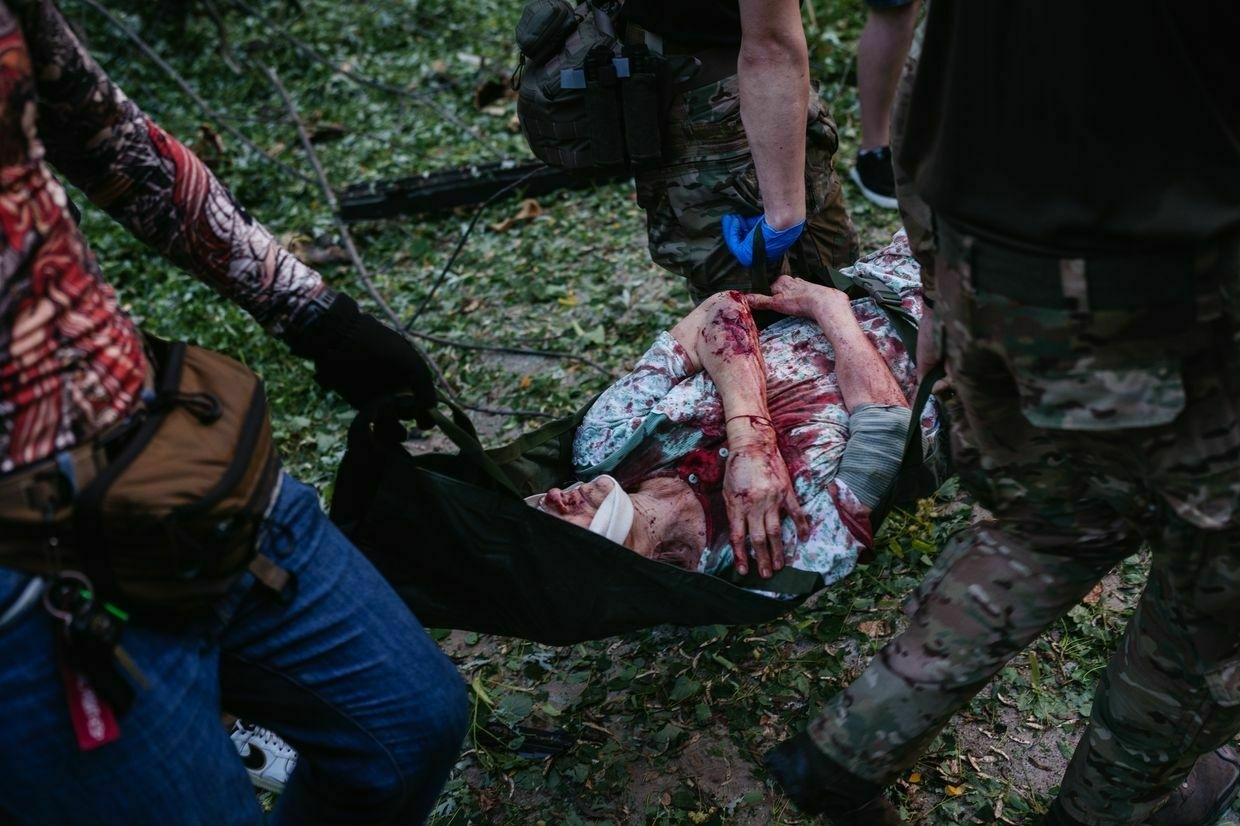
Medics carry a wounded woman on a stretcher after a Russian drone and missile strike in Kyiv, Ukraine, on June 17, 2025. (Serhii Korovainyi) 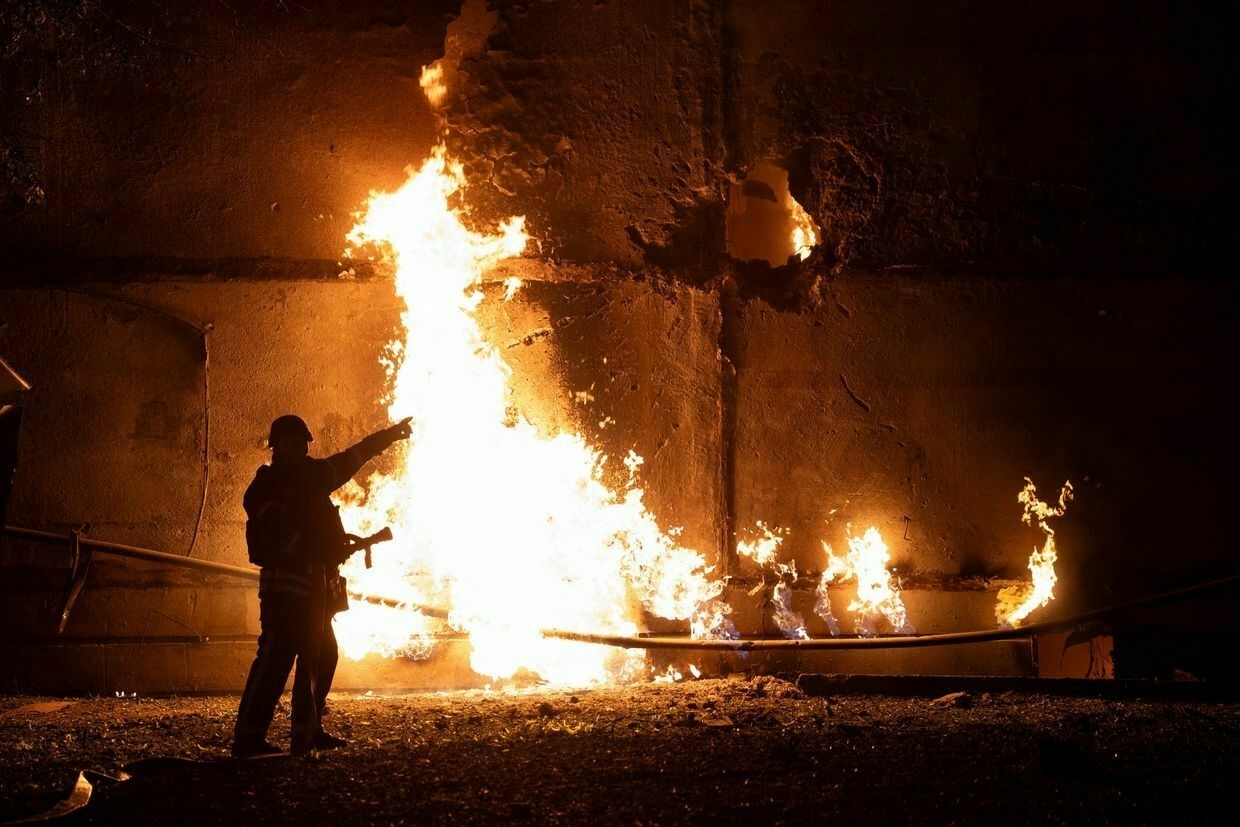
A firefighter stands by a fire and points to a hole after a drone strike in Kharkiv, Ukraine, on June 5, 2025, amid the Russian invasion. (Oleksandr Magula / AFP via Getty Images) 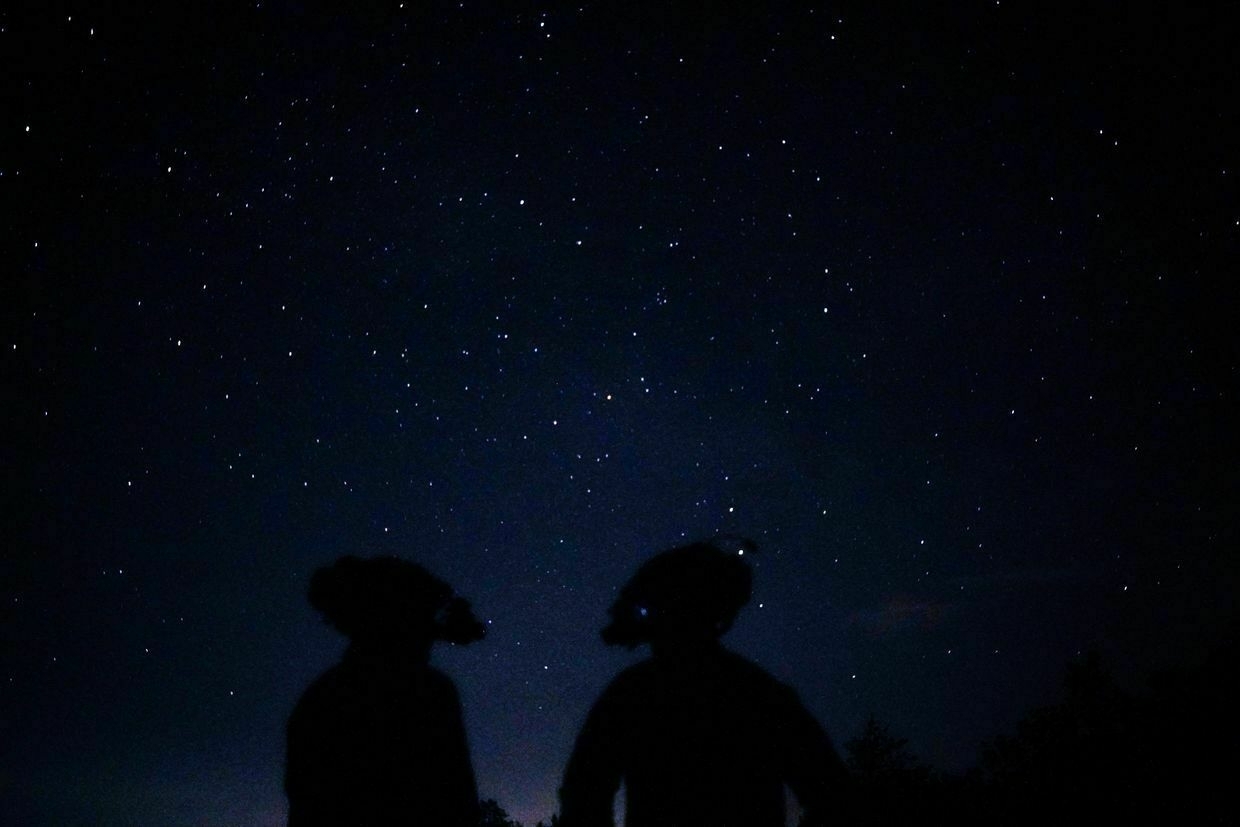
Special Forces fighters of the Ukrainian Defense Forces conduct a night training mission in Ukraine in June 2025. (Karina Piliuhina) Smashing previous monthly record, Russia launches 5,337 kamikaze drones against Ukraine during JuneRussia launched a record 5,337 Shahed-type drones against Ukraine in June, according to data from the Ukrainian Air Force and Dragon Capital, smashing the previous record of 4,198 set in March. Russia’s bombardments, a fact of life after three years of full-scale war, have intensified dramatically in MayThe Kyiv IndependentYuliia Taradiuk
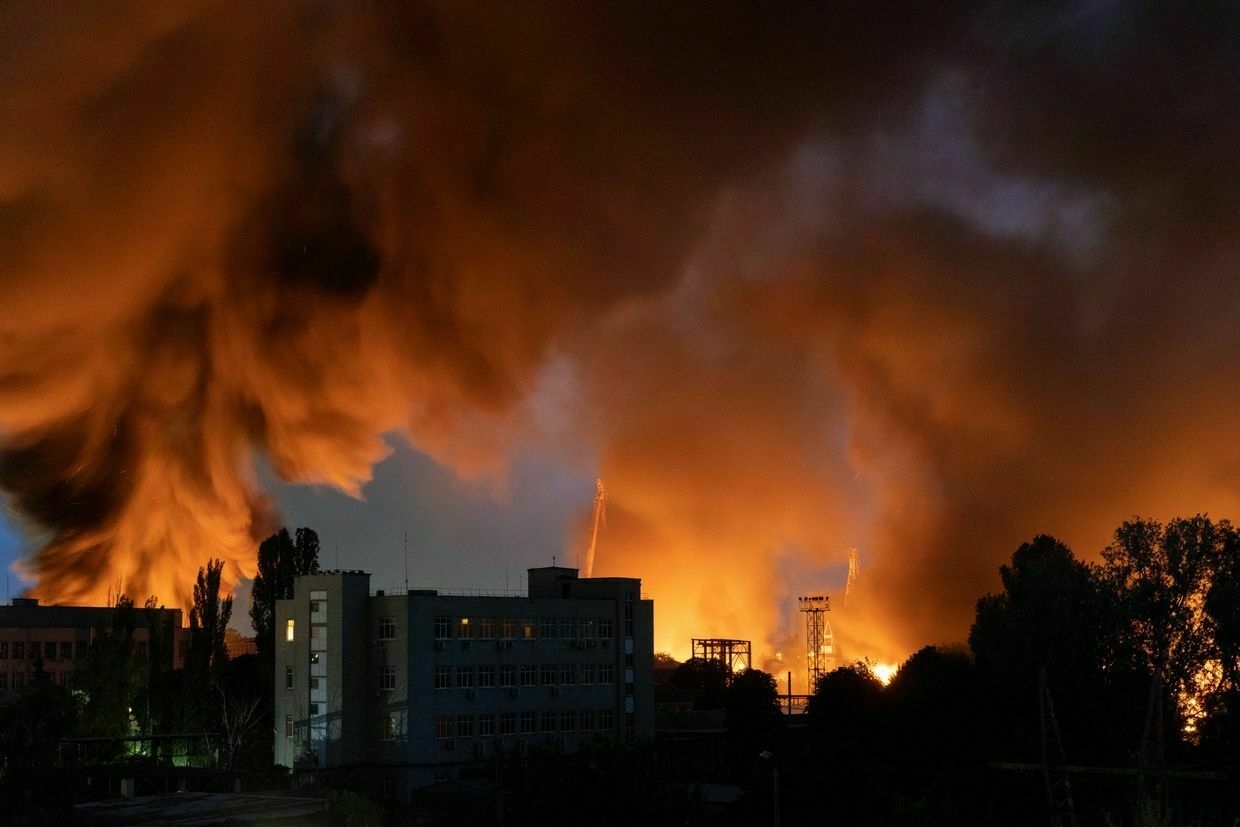
Russian Su-34 aircraft crashes during training flight in Russia's Nizhny Novgorod Oblast
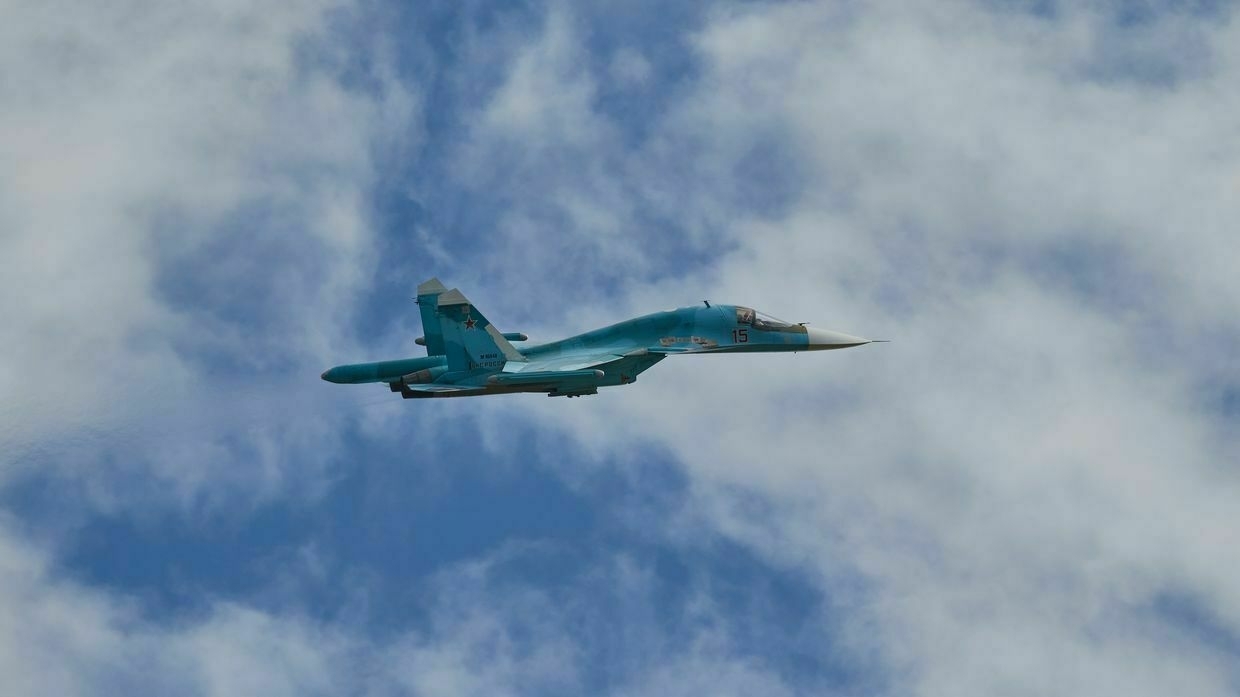
A Russian Air Force Su-34 fighter jet crashed during a training exercise in Nizhny Novgorod Oblast, Russian state media Ria Novosti reported on July 1, citing Russia’s Defense Ministry.
One of the landing gear struts was not released during landing. The crew made several attempts to fix the malfunction in flight, but it did not help.
The crew successfully ejected from the plane, and there were no casualties, according to the ministry.
The Russian Su-34 is a Soviet-era medium-range fighter-bomber.
Plane and helicopter crashes have become more commonplace in Russia since the beginning of the full-scale invasion of Ukraine and the subsequent imposition of Western sanctions.According to the U.K. intelligence, Russia has lost over 30 Su-34 aircraft since the start of the full-scale invasion in 2022.
Moscow does not comment on its losses it faces inn its war against Ukraine.
‘With surgical precision’ — Ukrainian drones strike Russian plant 1,300 km away, SBU source saysThe SBU said its long-range drones targeted the Kupol plant in Russia’s Udmurt Republic on the morning of July 1, resulting in at least two confirmed strikes and a fire at the site.The Kyiv IndependentAnna Fratsyvir
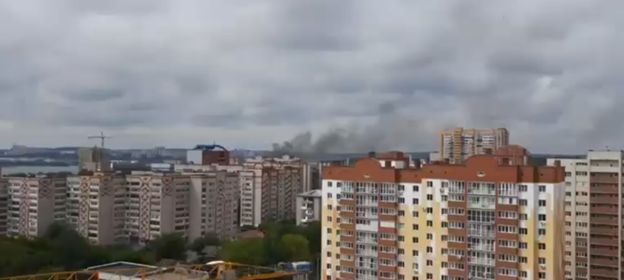
Ukraine's allies invest in drone production, while Russia loses its war machine
Leading Ukrainian historian Plokhii steps down from top Harvard post after 12 years
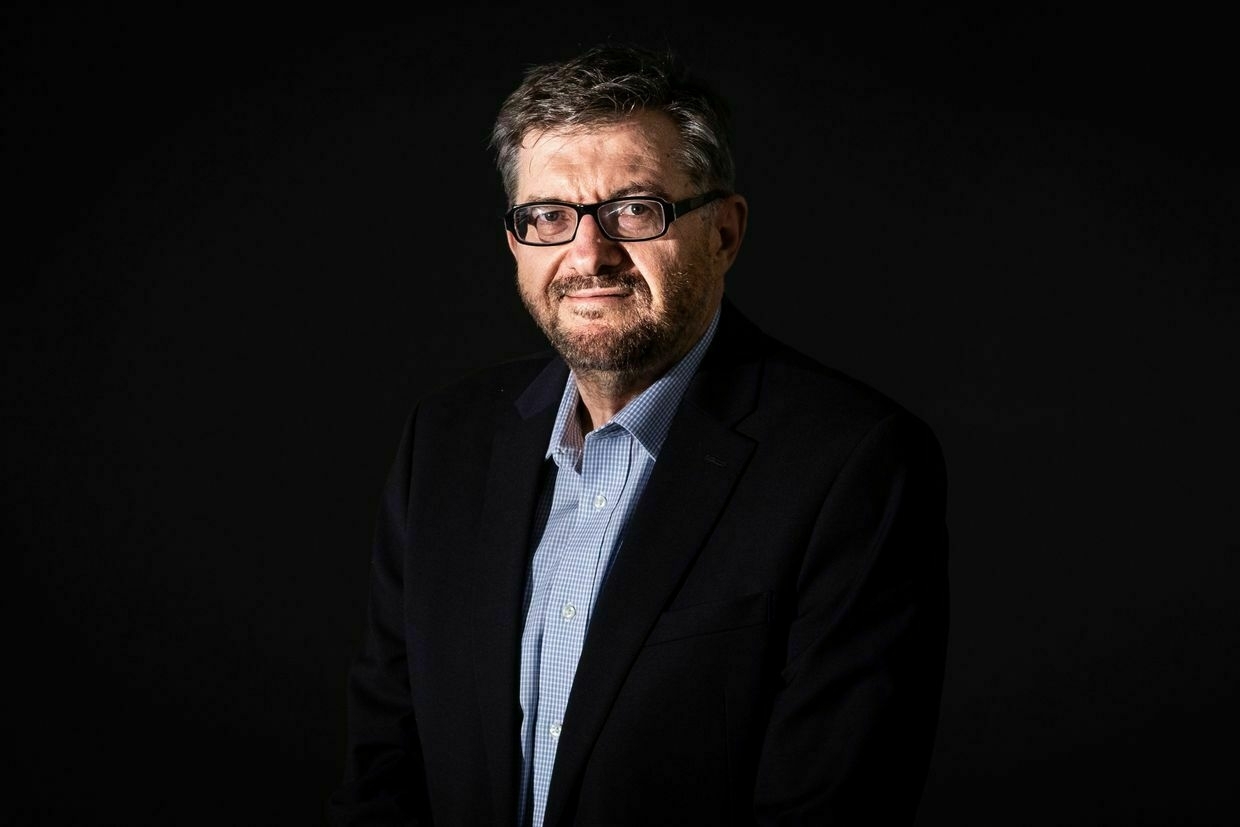
Serhii Plokhii, a renowned scholar of Ukrainian history, is stepping down as director of the Ukrainian Research Institute at Harvard University (HURI) after 12 years of leadership, the institute announced on June 30.
“It has been a privilege and an honor to lead the Institute over the past 12 years,” Plokhii said in a farewell message.
Plokhii is one of the leading experts on the history of Eastern Europe. Born to a Ukrainian family in Russia, he has lived in Ukraine for 35 years and has written several best-selling books on the subject, including “The Gates of Europe: A History of Ukraine” and “The Last Empire: The Final Days of the Soviet Union."
Plokhii expressed gratitude to colleagues, staff, and supporters and offered best wishes to historian Terry Martin, who will assume the role of director in the upcoming academic year.
“Years marked by the anxiety and challenges of war, but also by the opportunities that institutions like HURI offer to advance what Harvard’s motto calls ‘good knowledge’ about Ukraine and the region."
The Ukrainian Research Institute, founded in 1973 through the support of the Ukrainian-American community, is the leading academic institution in the United States focused on Ukrainian studies.
Based at Harvard, HURI promotes research and scholarship on Ukraine’s history, culture, and politics through fellowships, conferences, digital initiatives, and its flagship journal, Harvard Ukrainian Studies.
Under Plokhii’s leadership, the Institute expanded its programming significantly, including the establishment of the Temerty Contemporary Ukraine Program in 2019, an initiative that became central to HURI’s academic response following Russia’s full-scale invasion of Ukraine in 2022.
The incoming director, Martin, is a scholar of Soviet history and professor of Russian studies.
Warfare in Ukraine has changed… againThe Kyiv Independent’s Francis Farrell explains a new modification of the standard first-person view (FPV) drone that already once transformed the way war is fought. Fiber optic cable now used to connect drone operators to FPVs ensures a perfect image and control experience all the way to the target — and cannot be spotted by enemy drone detectors.The Kyiv IndependentFrancis Farrell

Ukraine receives $500 million in IMF funding, maintaining growth forecasts
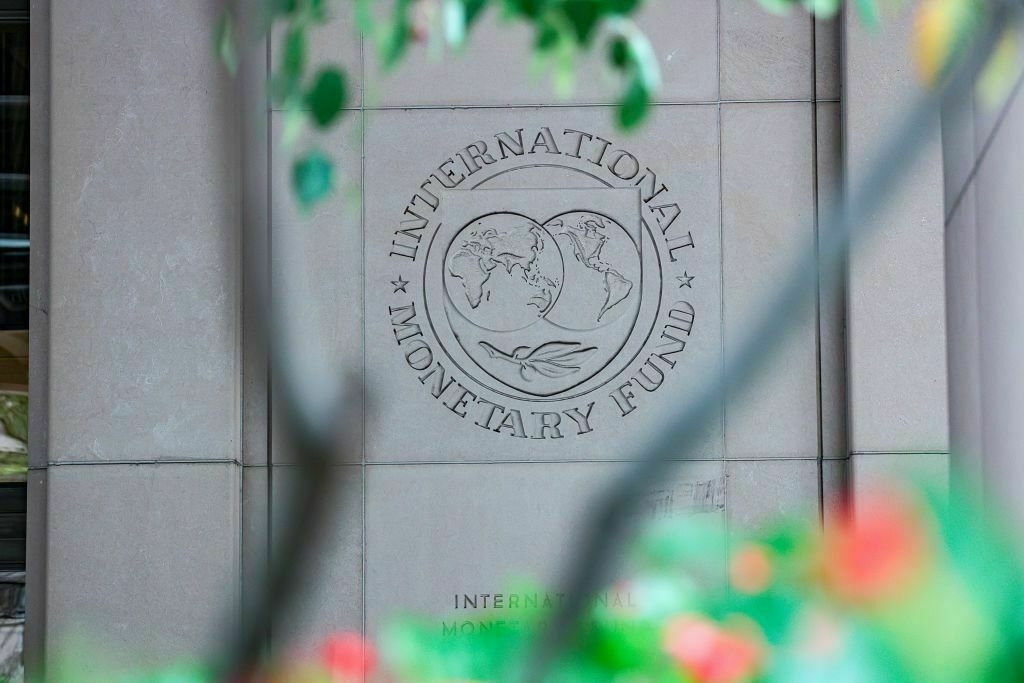
Ukraine received approximately $500 million from the International Monetary Fund (IMF), marking the ninth tranche under the Extended Fund Facility program, the Finance Ministry announced in a press release on July 1.
The EFF Program has allocated $15.5 billion to Ukraine in budget support over a four-year period. The program has now delivered $10.6 billion to Ukraine since it began in 2023.
“In total, during the full-scale war, $13.3 billion in financial assistance from the Fund has been received by the state budget,” Finance Minister Serhii Marchenko said in a press release.
According to the IMF, Ukraine successfully met all quantitative performance criteria through March 2025, including the prior action to submit a detailed reform plan for the State Customs Service (SCS).
The IMF extended deadlines for several Ukrainian reforms, including appointing a new customs chief.
First Deputy Managing Director of the IMF, Gita Gopinath, said that Ukraine must continue anti-corruption reforms, including appointing a new head of the Economic Security Bureau and strengthening money laundering rules.
The IMF kept its 2025 growth forecast for Ukraine at 2-3%, as improved electricity supply is balanced by reduced gas output and weaker agricultural exports.
The international body expects inflation to reach 9% by year-end and recommended that Ukraine’s central bank maintain tight monetary policy, warning it should “stand ready for further tightening” if inflationary expectations worsen.
“The economy has remained resilient, but the war is weighing on the outlook, with growth tempered by labor market strains and damage to energy infrastructure,” Gopinath said in a statement.
The next program review is scheduled for mid-September 2025, with an IMF mission expected to visit Ukraine in August to assess progress on reform commitments.
‘With surgical precision’ — Ukrainian drones strike Russian plant 1,300 km away, SBU source saysThe SBU said its long-range drones targeted the Kupol plant in Russia’s Udmurt Republic on the morning of July 1, resulting in at least two confirmed strikes and a fire at the site.The Kyiv IndependentAnna Fratsyvir
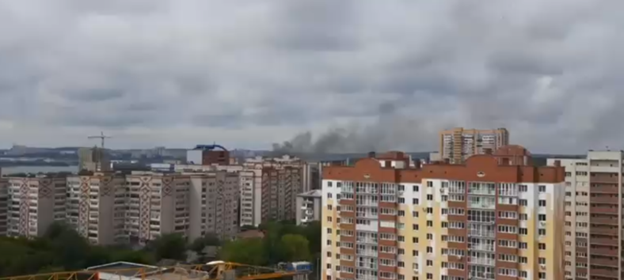
Zelensky signs ratification of Special Tribunal on Russian aggression
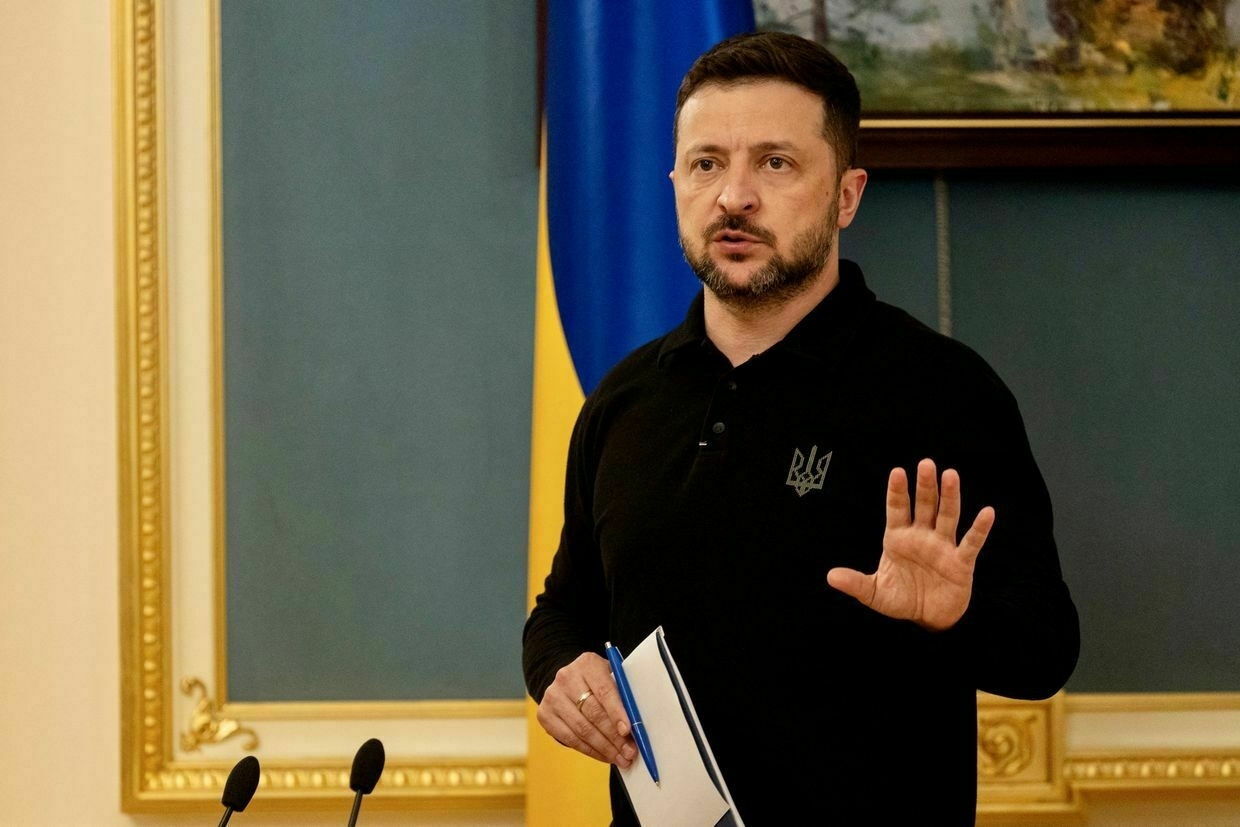
President Volodymyr Zelensky said on July 1 that he had signed the ratification documents establishing the Special Tribunal for the Crime of Aggression against Ukraine, marking a major step toward prosecuting Russia’s leadership.
Ukraine and the Council of Europe signed the agreement establishing the Special Tribunal on June 25 during a ceremony in Strasbourg. Zelensky and Council of Europe Secretary General Alain Berset signed it after more than three years of advocacy and diplomacy.
“The agreement must now be swiftly ratified so that the process of creating the tribunal can begin,” Zelensky said in a statement. He also instructed Ukraine’s government to urgently submit necessary legislative changes to parliament to ensure Kyiv’s full implementation of the agreement.
“I ask members of parliament to treat this as an immediate priority,” Zelensky added, urging lawmakers to pass the needed legislation without delay.
The tribunal, once established, would specifically target Russia’s top political and military leadership for the crime of aggression, defined as the illegal use of force by one state against another, which existing international bodies, like the International Criminal Court (ICC), are not able to prosecute due to jurisdictional limitations.
Zelensky also called on the Foreign Ministry and the Presidential Office to finalize a roadmap with international partners for the tribunal’s launch.
“Already this year, Russia must begin to feel that accountability for the crime of aggression is inevitable,” he said. “Aggression is a crime, and Russia’s truly inevitable punishment for this crime is in the global interest of everyone in the world who wants their people to live in peace."
Speaking at the Parliamentary Assembly of the Council of Europe (PACE) on June 25, Zelensky thanked the body for championing the idea from its inception and pushing forward international accountability for Russia’s invasion.
“It was here in this assembly, that the first call for such a tribunal was made,” Zelensky said. “The idea was born here – and now it’s gaining real support from partner countries in Europe and beyond."
The tribunal is designed to close a legal gap that currently prevents the ICC from prosecuting Russia for the crime of aggression, although the court has issued arrest warrants for Russian President Vladimir Putin and Russian children’s rights commissioner Maria Lvova-Belova in connection with the deportation of Ukrainian children.
Alongside the tribunal, the Council of Europe has also helped establish the Register of Damage, which has received over 34,000 claims from Ukrainians documenting losses and harms caused by the war.
Zelensky has repeatedly stressed the need for full justice and has called for the prosecution of all Russian officials responsible for planning and executing the war.
Investigation: How Russia prepares its strategic missile plant for ‘eternal war’Key findings: * Despite international sanctions, Russia’s strategic missile plant was able to import complex machinery to dramatically increase missile production. * The Kyiv Independent has identified the equipment supplied to the plant, as well as the supply chains, mostly from China. * We located the plant’s new premises, built to house theThe Kyiv IndependentAlisa Yurchenko
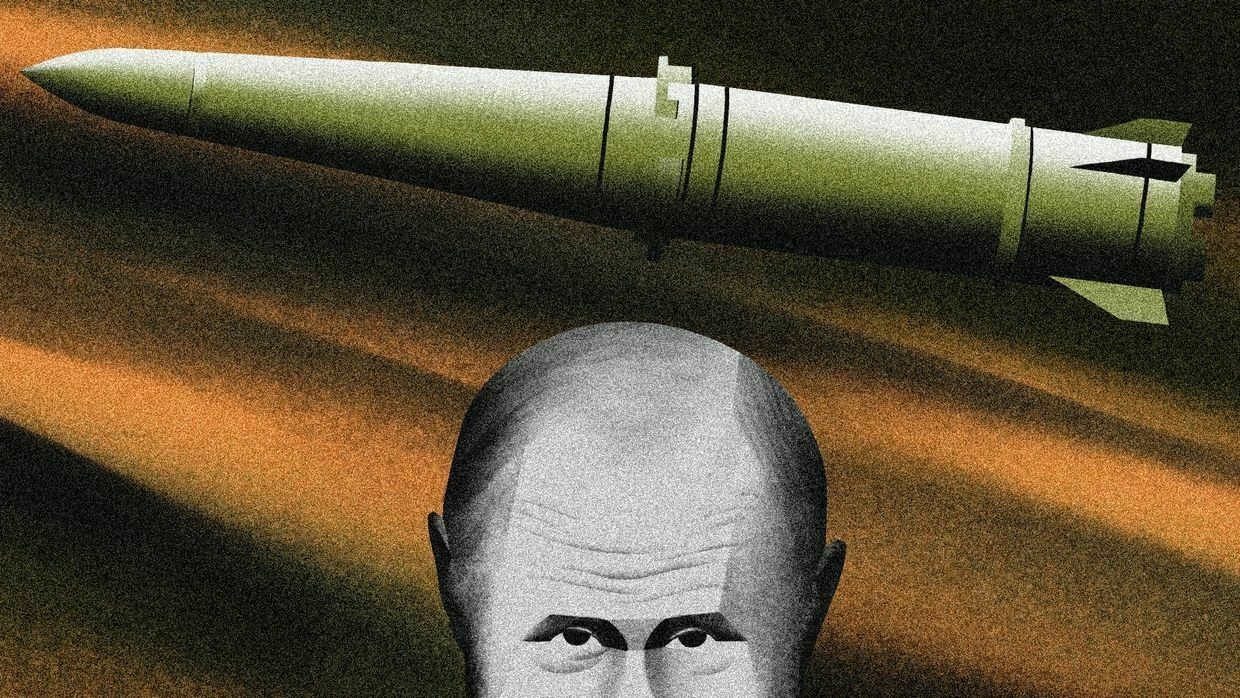
Russia attacked Zaporizhzhia with drones: CONSEQUENCES of the strike #shorts
After Trump cut support, US lawmakers press for action on Russian abductions of Ukrainian children
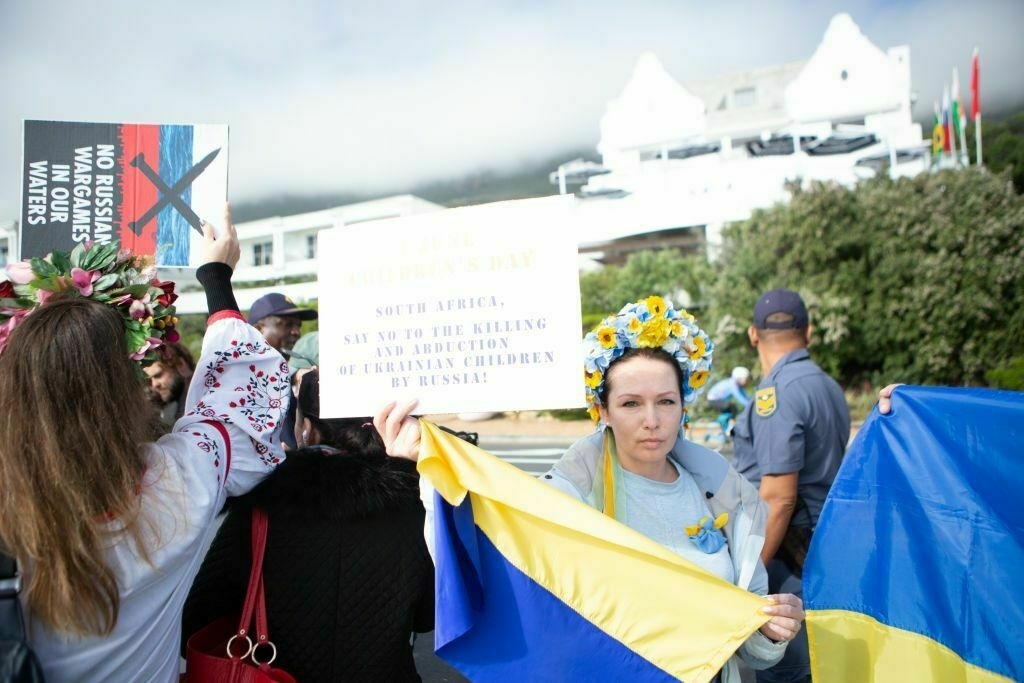
A bipartisan group of U.S. lawmakers introduced a resolution in Congress demanding the return of Ukrainian children abducted by Russia, according to a press release published on June 30.
Kyiv estimates that Russia has abducted or forcibly displaced at least 19,500 Ukrainian children since the outbreak of the full-scale invasion of 2022, and has deported them to Russia, Belarus, or the occupied territories of Ukraine.
The resolution, introduced in the U.S. House of Representatives by Democratic Congressman Gregory Meeks and Michael McCaul, a Republican chair of the Foreign Affairs Committee, condemns the abductions and calls for the repatriation of children even before a potential peace deal.
Senators Chuck Grassley (Republican) and Amy Klobuchar (Democrat) introduced the resolution in the Senate.
“These children have been stripped of their national identity, adopted into Russian families, or indoctrinated as soldiers for the Kremlin,” McCaul said in a statement.
“Russia’s mass-scale child abduction is nothing short of evil; the United States must demonstrate moral leadership by demanding every child be returned to his or her family in Ukraine before true peace can be achieved."
The Trump administration has previously cut funding for a Yale University-based Ukraine Conflict Observatory tracking the abduction of Ukrainian children. Nathaniel Raymond, the executive director of the Humanitarian Research Lab overseeing the effort, has said the operation would cease on July 1 due to the lack of funds.
Since its launch in May 2022, the observatory has compiled evidence of Russian war crimes, including the deportation of Ukrainian children, many of whom were sent to reeducation camps or adopted by Russian families.
The database suggested that the actual number of abducted Ukrainian children could be higher than the figure provided by Ukraine’s Children of War database, placing it as high as 30,000. Over 1,360 children have been brought back home.
According to the resolution newly introduced in Congress, “Russia’s abduction and Russification of Ukrainian children demonstrates the intent of the Government of the Russian Federation to erase the Ukrainian nation and identity."
The document also says that Russia’s invasion “has significantly increased the risks of children being exposed to human trafficking and exploitation, child labor, sexual violence, hunger, injury, trauma, deprivation of education and shelter, and death."
Andriy Yermak, President Volodymyr Zelensky’s chief of staff, called the resolution “an important step in support of justice and peace."
The abductions have been widely denounced as war crimes and violations of international law. In 2023, the International Criminal Court issued arrest warrants for Russian President Vladimir Putin and children’s rights ombudsman Maria Lvova-Belova over their roles in the deportation of Ukrainian minors.
Smashing previous monthly record, Russia launches 5,337 kamikaze drones against Ukraine during JuneRussia launched a record 5,337 Shahed-type drones against Ukraine in June, according to data from the Ukrainian Air Force and Dragon Capital, smashing the previous record of 4,198 set in March. Russia’s bombardments, a fact of life after three years of full-scale war, have intensified dramatically in MayThe Kyiv IndependentYuliia Taradiuk

Ukraine shows footage of Bober drones hiitting Russian air defenses, fighter jet in Crimea
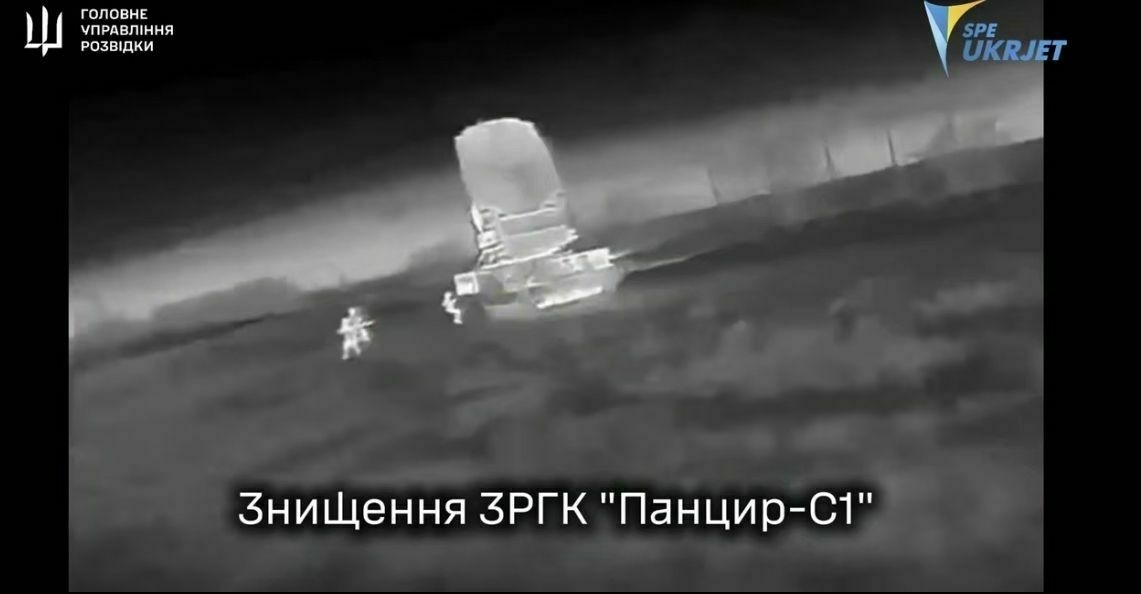
Ukraine’s military intelligence agency (HUR) released on July 1 video footage showing domestically produced drones striking multiple Russian air defense assets and a fighter jet in occupied Crimea in what it described as a successful special operation.
The undated footage shows the combat use of UJ-26 drones, commonly known as Bober (Beavers), targeting high-value Russian military systems.
“These reliable weapons in the hands of HUR special forces are turning critically important Russian targets into useless scrap,” the agency said in a statement.
HUR added that the Bober drones are effectively “gnawing through” Russia’s expensive air defense systems “like barberries."
0:00/A Ukrainian drone targets and destroys Russian military assets in occupied Crimea, according to Ukraine’s military intelligence agency. (HUR / Telegram). The released footage shows that the strikes destroyed or severely damaged several Russian military assets, including a Pantsir-S1 air defense system and its crew, a Niobium-SV radar, a Pechora-3 coastal radar, a Protivnik-GE radar, and a Su-30 fighter jet stationed at the Saky airfield in occupied Crimea.
The Kyiv Independent could not verify HUR’s claims.
The strikes are part of Ukraine’s ongoing efforts to degrade Russian military capabilities in Crimea, which has been under Russian occupation since 2014. Moscow reported Ukrainian drone strikes against the peninsula earlier on July 1, with the Crimean Wind Telegram channel reporting attacks in the vicinity of S-300/S-400 air defense systems.
Ukraine has increasingly deployed new drone systems to target Russian military assets on the front line and deep inside the Russian rear.
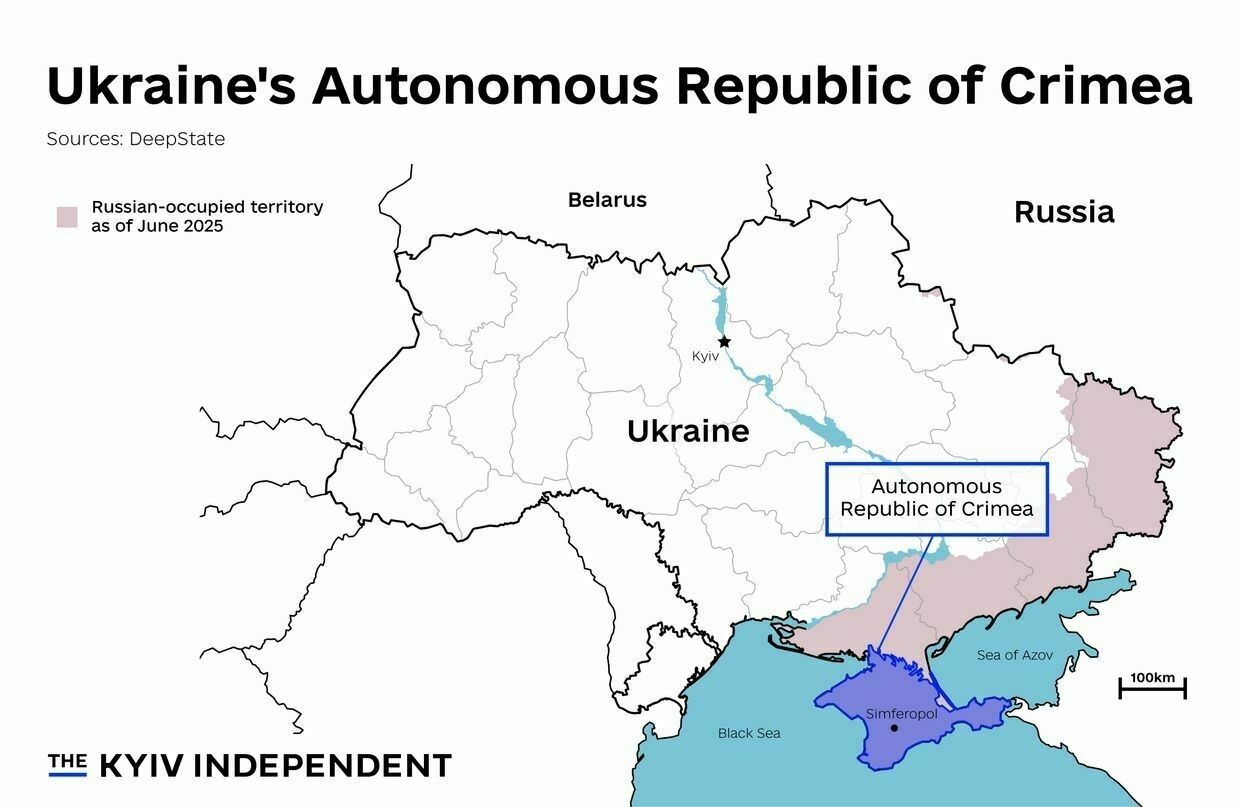
Ukraine’s Autonomous Republic of Crimea. (Nizar al-Rifai/The Kyiv Independent) Russia-Iran alliance wavers as Tehran suffers major blowsTehran, Russia’s main ally in the Middle East, has been dealt a heavy blow as Israel dismantled its network of proxies and then struck targets in Iran. The recent Iranian-Israeli war, which ended with a ceasefire on June 24, showed that the regional balance of power has shifted in Israel’s favor. This could have a major impact on Russian-Iranian relations as Moscow will have to recalibrate its approach to the region. Russian-Iranian cooperation is likely to continue but Iran’s ability to help The Kyiv IndependentOleg Sukhov
The Kyiv IndependentOleg Sukhov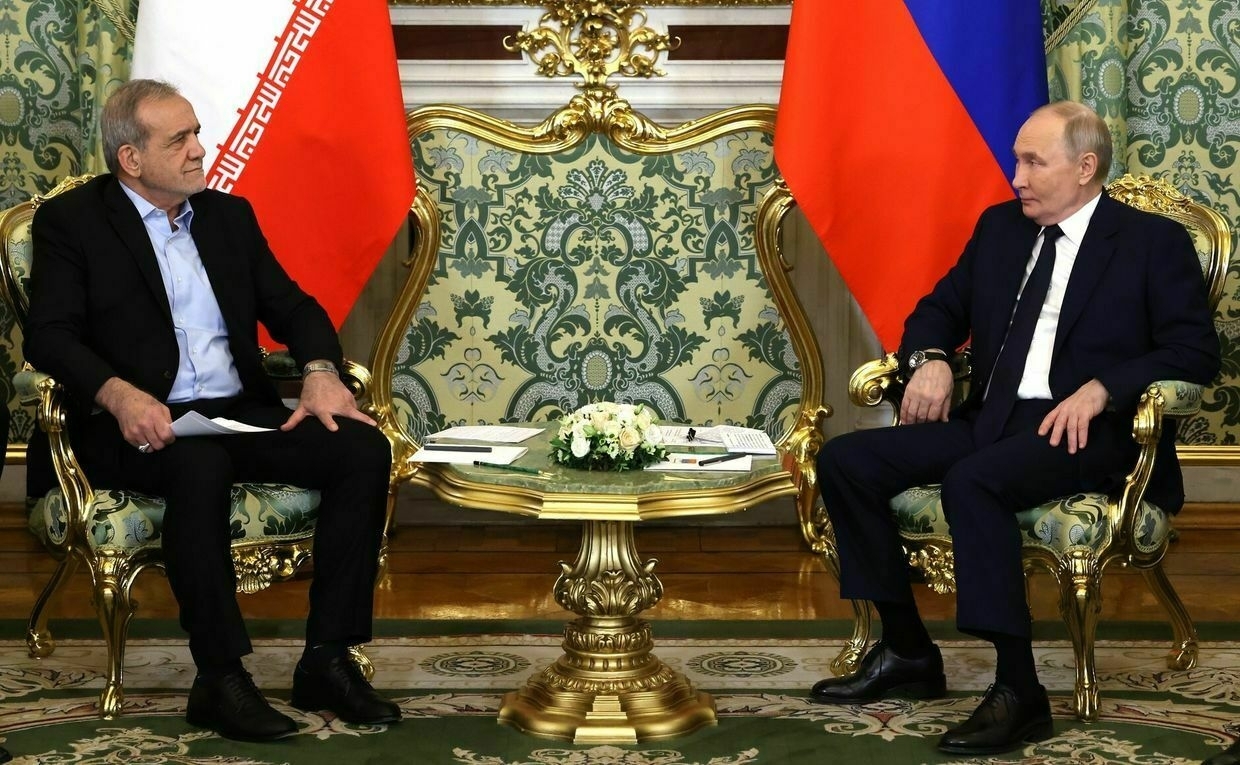
Ukraine's army chief bans tent camps for troops in training after Russian strikes
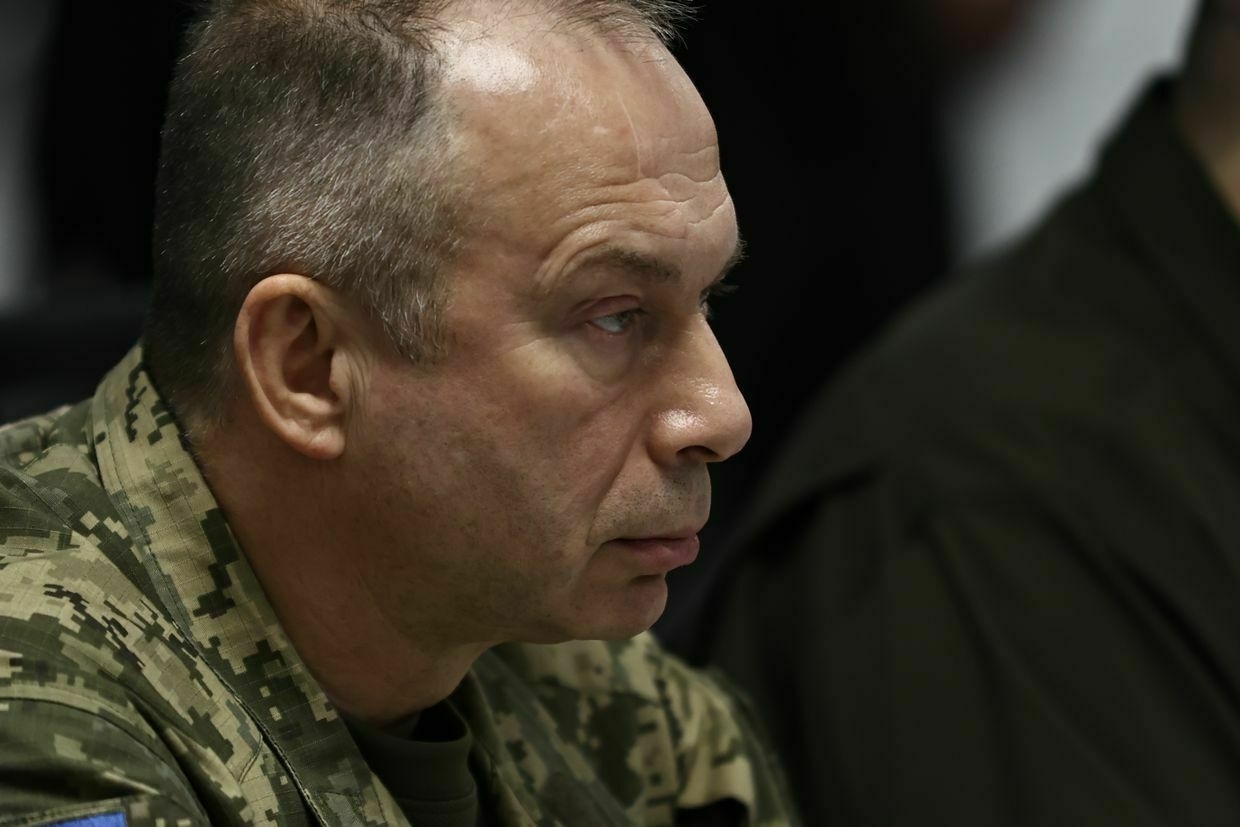
Commander-in-Chief Oleksandr Syrskyi said on July 1 that he had ordered a ban on the concentration of troops and equipment at training facilities to better protect against Russian missile attacks.
“My categorical order is to ensure and increase the safety of service members at training centers and training grounds,” Syrskyi said on social media after listening to reports on the implementation of safety measures.
“The concentration of personnel and military equipment, as well as the placement of service members in tent camps, is prohibited!"
The command follows a string of Russian missile attacks against Ukrainian military training facilities that have resulted in a number of killed and injured service members.
Deadly strikes deep inside the Ukrainian rear have sparked a public backlash and increased scrutiny aimed at the military command.
Former Ground Forces Commander Mykhailo Drapatyi promised to address the issue, but resigned after another attack against a shooting range in Sumy Oblast on May 20, which killed six soldiers and injured a dozen more.
Syrskyi said that new shelters and protective structures are being constructed at training facilities.
“I emphasized the mandatory compliance with shelter requirements at training centers and ranges, as well as the proper and timely notification of air raid alerts."
In a most recently reported case, a Russian missile attack killed three soldiers and injured 14 at the training ground of a Ukrainian mechanized brigade on June 22.
Ukrainian forces push Russian army away from Sumy, General Staff saysUkrainian troops advanced near the village of Oleksiivka and liberated the village of Andriivka, the statement read.The Kyiv IndependentKateryna Hodunova
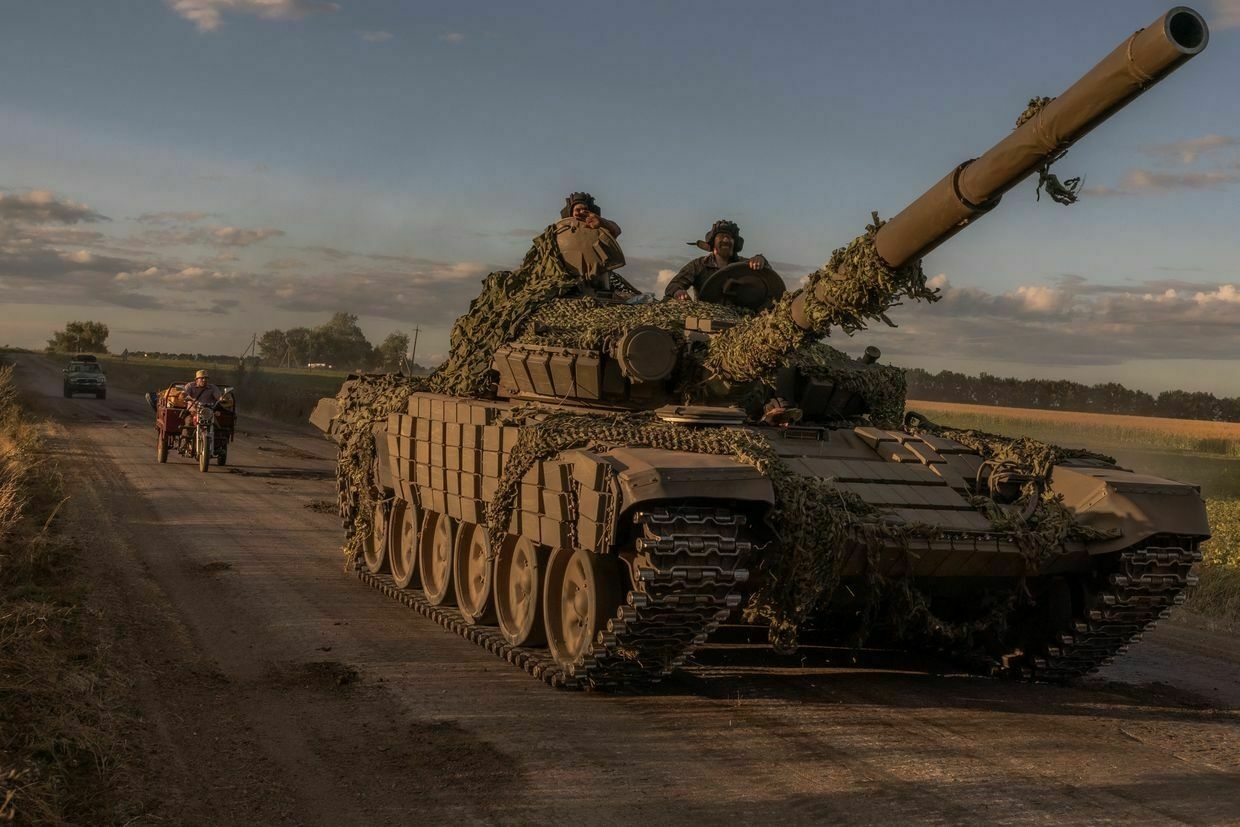
Kim Jong Un publicly honors North Korean soldiers killed in Russia-Ukraine war
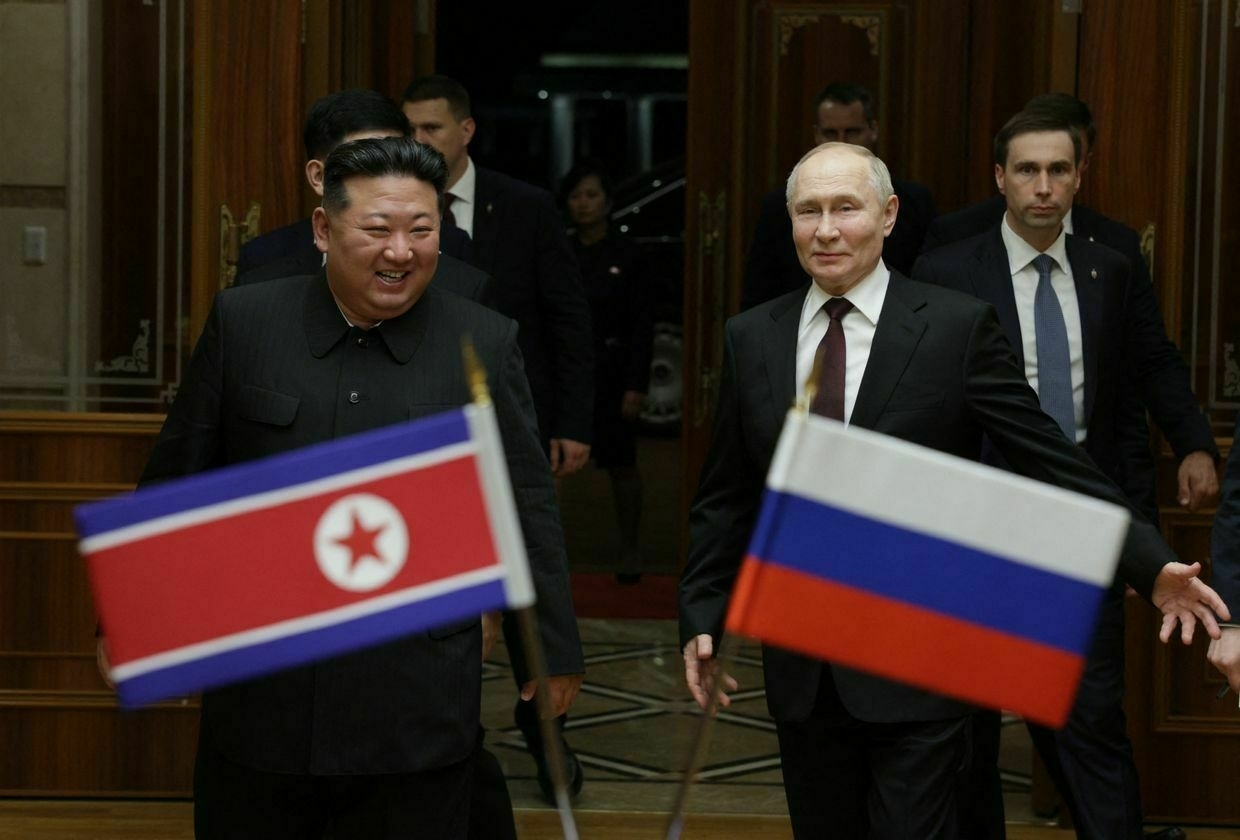
North Korean leader Kim Jong Un has publicly honored his country’s soldiers killed while fighting in Russia’s war against Ukraine, in a rare acknowledgment by Pyongyang of its battlefield losses, the Guardian reported on July 1.
South Korea estimates that North Korea has sent around 15,000 troops to support Russia, suffering approximately 4,700 casualties, including 600 deaths. More deployments are expected as early as July or August, South Korea’s National Intelligence Service (NIS) said.
Photographs of Kim resting his hands on flag-draped coffins were displayed during a gala concert in Pyongyang on June 30 to commemorate the first anniversary of a military treaty signed between North Korea and Russia.
Russian President Vladimir Putin and Kim signed the Comprehensive Strategic Partnership Agreement in Pyongyang in June 2024. Under the treaty, the two countries pledged to provide aid to one another if either is attacked.
The images of the concert showed at least six coffins and emotional scenes of Kim alongside top officials, including his sister Kim Yo Jong and Foreign Minister Choe Son Hui, all dressed in winter clothing, suggesting the repatriation may have taken place months ago.
The event at East Pyongyang Grand Theatre included performances by North Korean and visiting Russian artists and displayed images celebrating the alliance, including scenes of soldiers from both countries waving flags and purported pages from a blood-stained notebook said to belong to a North Korean soldier killed in Russia’s Kursk Oblast.
The Guardian reported that the ceremony was the first time North Korean state media had shown footage and photos of fallen troops in a way accessible to the North Korean public.
Footage broadcast on state-run KRT showed Kim appearing emotional at times while seated next to Russian Culture Minister Olga Lyubimova and his daughter, Kim Ju Ae. Audience members were seen wiping away tears.
Kim met with Lyubimova in Pyongyang on June 29 to discuss expanding bilateral cooperation in culture and the arts.
North Korea held a farewell ceremony for soldiers killed in Russia’s Kursk region. State TV aired footage of Kim Jong Un tearfully standing by a coffin — including hired state actors who were forced to cry. A concert in East Pyongyang also featured Russian songs. https://t.co/xV0TkminHs pic.twitter.com/WVWSSM5P1Y
— NOELREPORTS 🇪🇺 🇺🇦 (@NOELreports) July 1, 2025North Korea initially denied sending combat troops to Ukraine, but Kim's tribute follows official confirmations of Pyongyang's direct military involvement in the Russia-Ukraine war. In April, both Kim and Putin described North Korean troops deployed to Ukraine as "heroes."
Kim also announced plans to build a monument in Pyongyang to honor the fallen and lay flowers at their tombstones.
Pyongyang has reportedly begun recruiting additional soldiers for future deployments. The move would add to what Seoul describes as significant military support from North Korea, including more than 10 million artillery shells and multiple ballistic missile transfers in exchange for economic and technical assistance from Moscow.
North Korea may also send up to 25,000 laborers to Russia to support drone production, including Shahed-type loitering munitions at the Alabuga Special Economic Zone in Tatarstan.
Russian Security Council Secretary Sergei Shoigu visited North Korea on June 17 under a special directive from Putin and announced a deal for Pyongyang to send 1,000 sappers and 5,000 military engineers to Russia's Kursk Oblast.
Thousands of North Korean troops reportedly participated in front-line operations there, helping Russia repel a Ukrainian cross-border offensive that began in August 2024. Ukrainian forces briefly held 1,300 square kilometers (500 square miles) in Kursk Oblast before losing most of the territory during a Russian counteroffensive in March 2025, reportedly supported by North Korean units.
U.K. defense intelligence places North Korean casualties from that operation at more than 6,000.
Russia turns sound into weaponWhen I was at school and learned about World War II, my grandmother told me what she remembered of her wartime childhood on the English coast. Growing up near a Royal Navy base, she survived countless nighttime air raids. Most of all, she remembered exactly how the Blitz sounded — theThe Kyiv IndependentElsa Court
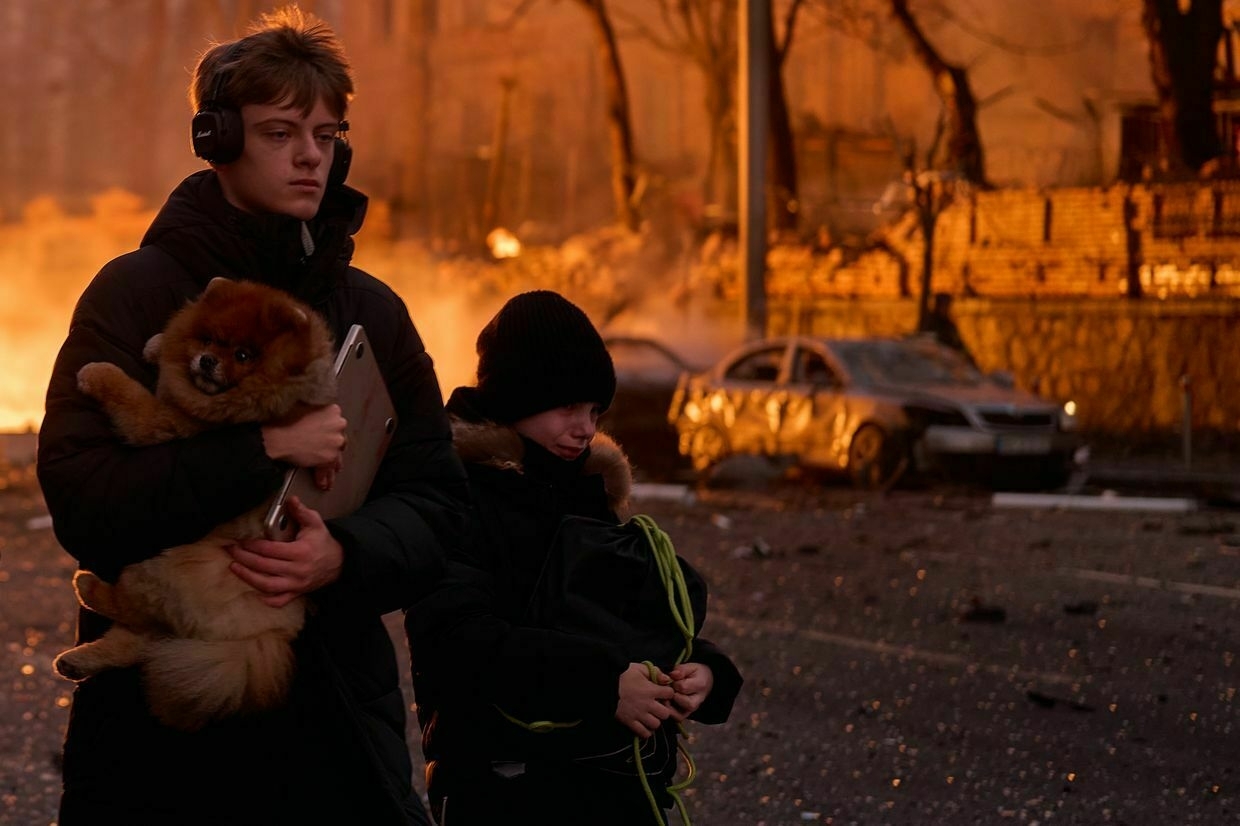
Russian missile attack targets Dnipropetrovsk Oblast, casualties reported
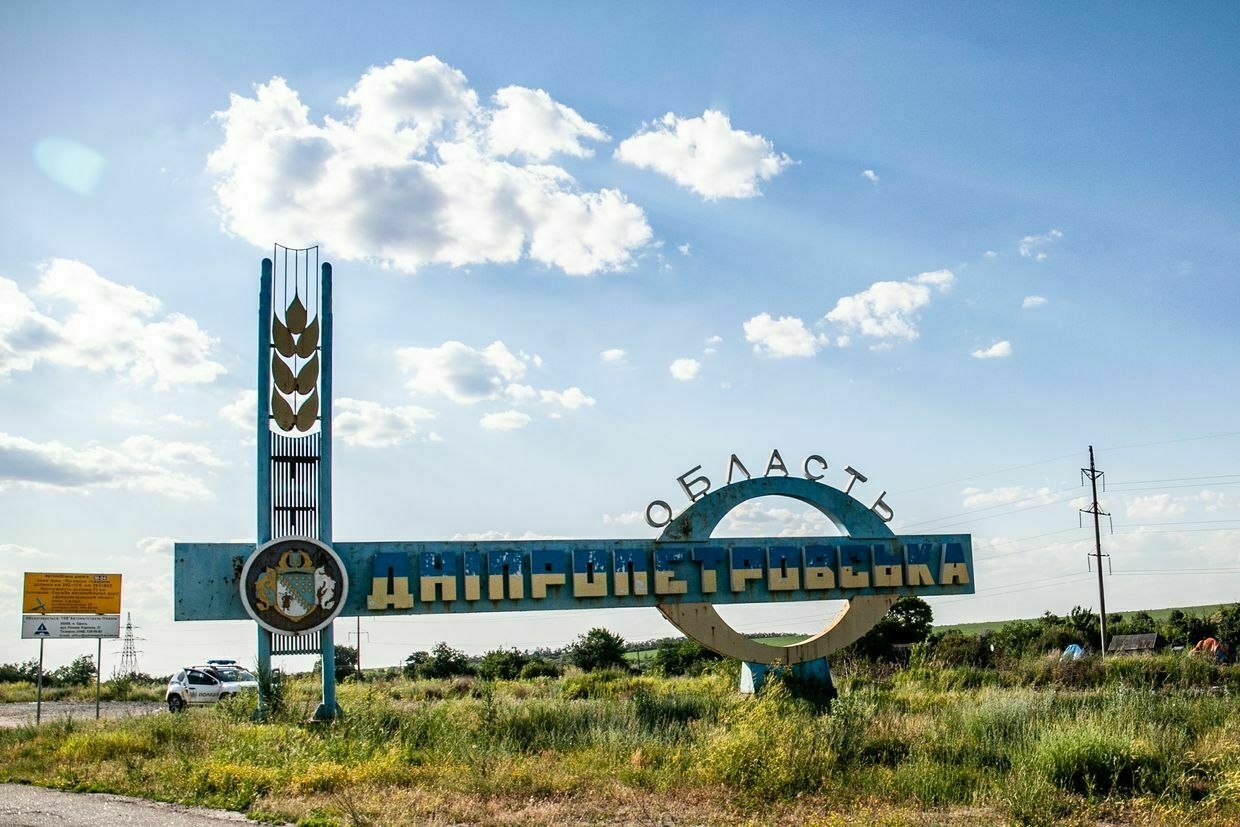
Editor’s note: This is a developing story and is being updated.
A Russian missile attack on the Kamianske district in Dnipropetrovsk Oblast on July 1 resulted in deaths and injuries, Governor Serhii Lysak reported.
The strike was reported at around 9:40 a.m. local time. At the moment, no further details about the consequences have been reported.
The Kamianske district lies in the western part of Dnipropetrovsk Oblast, an eastern Ukrainian region regularly targeted by Russian drones and missiles.